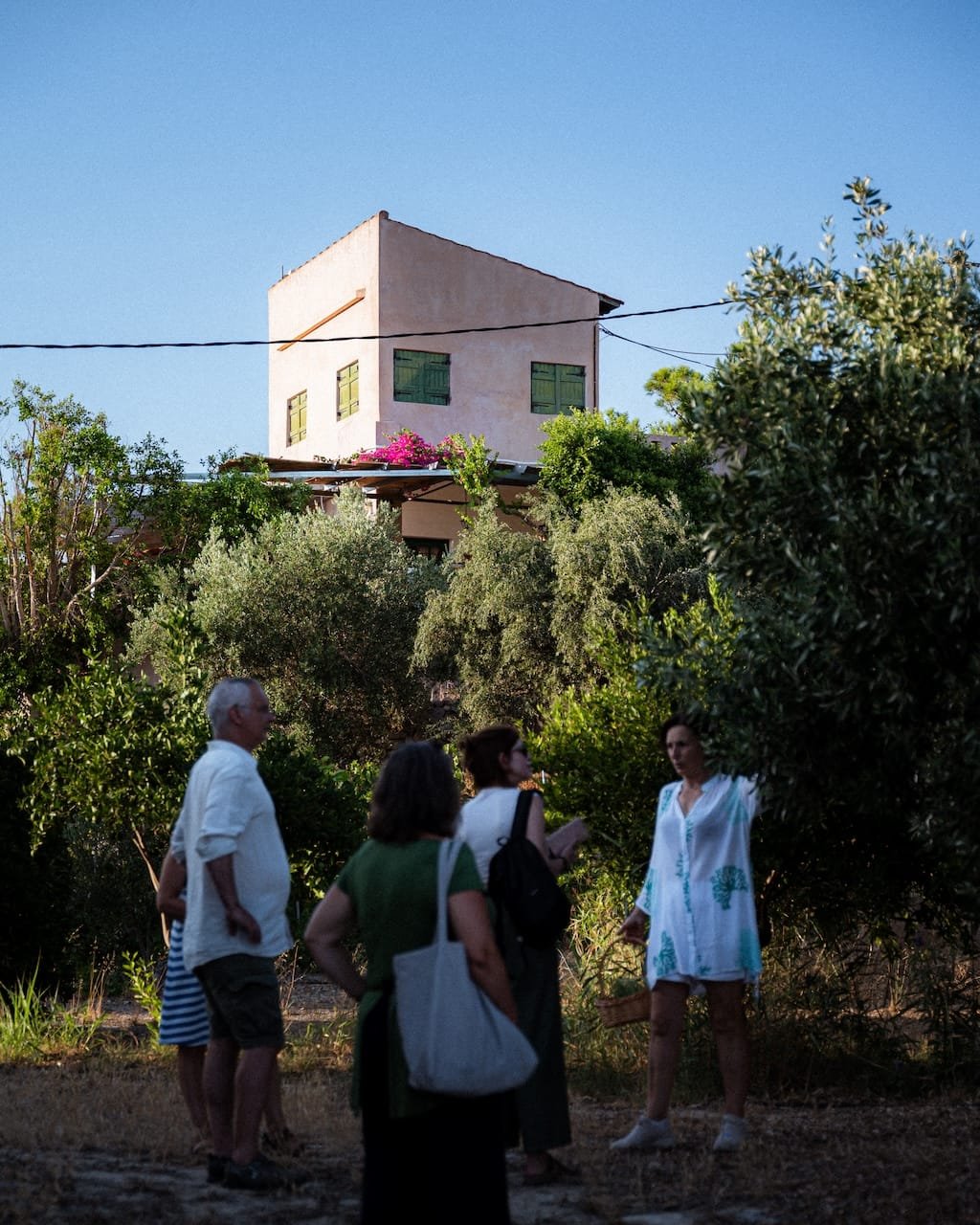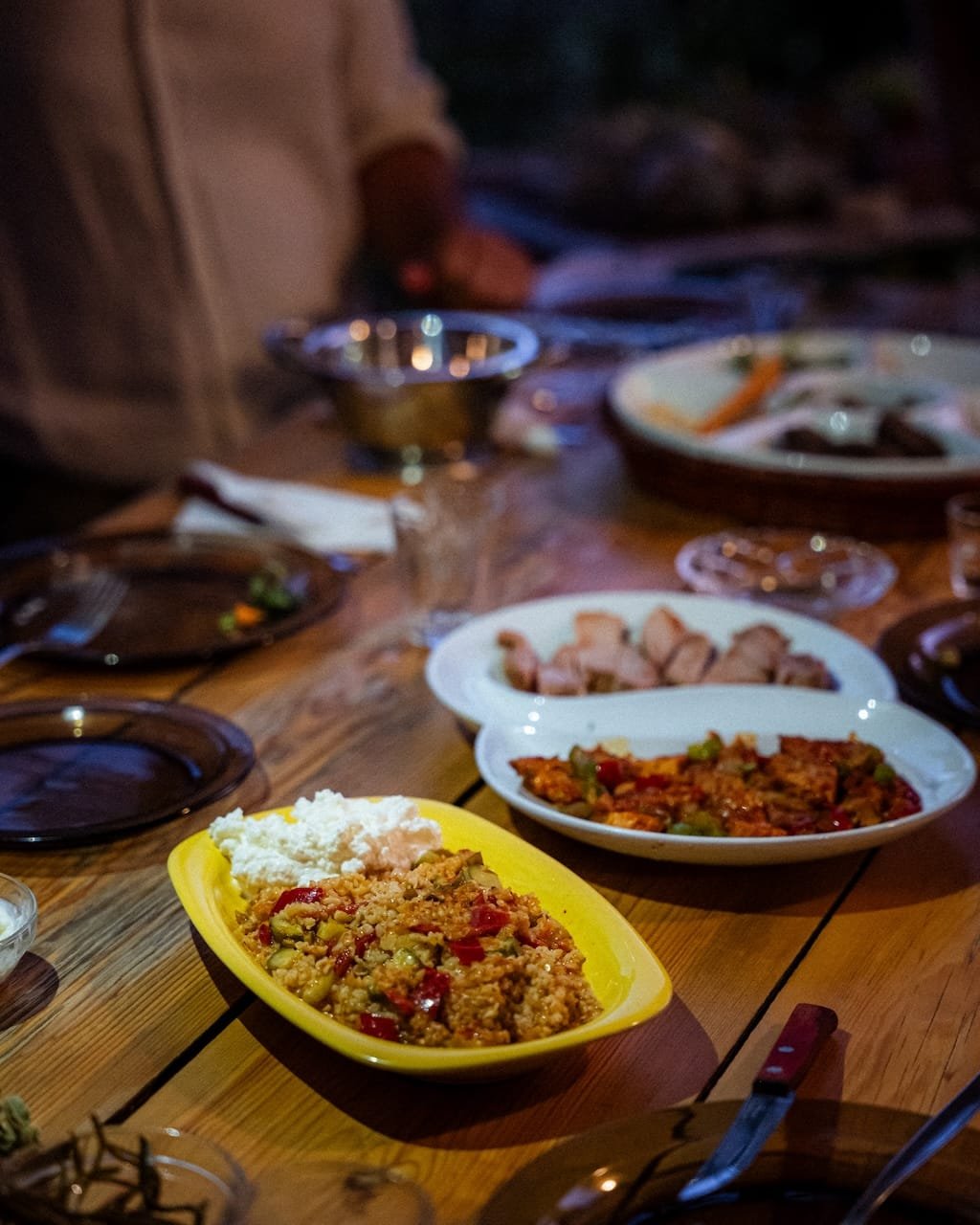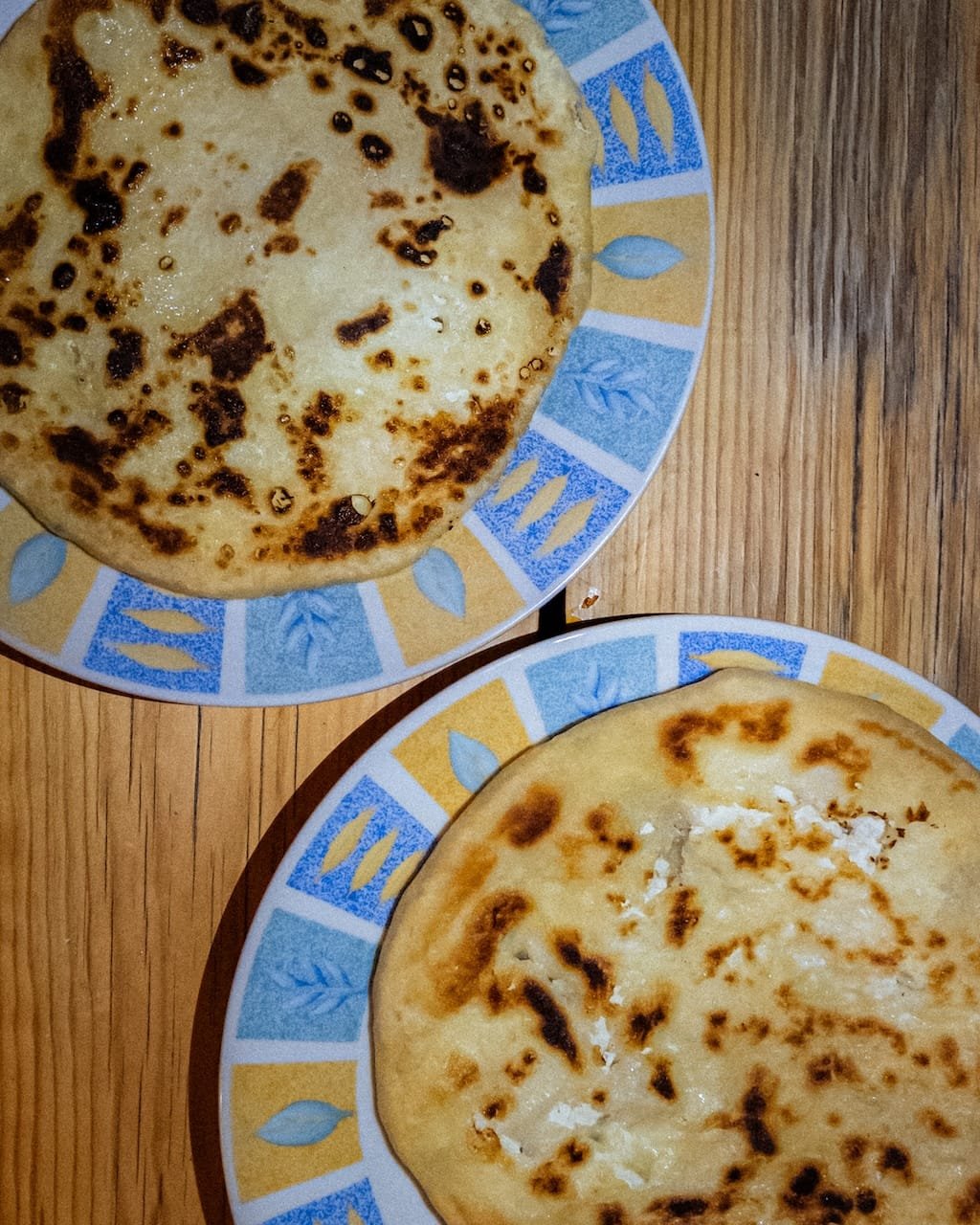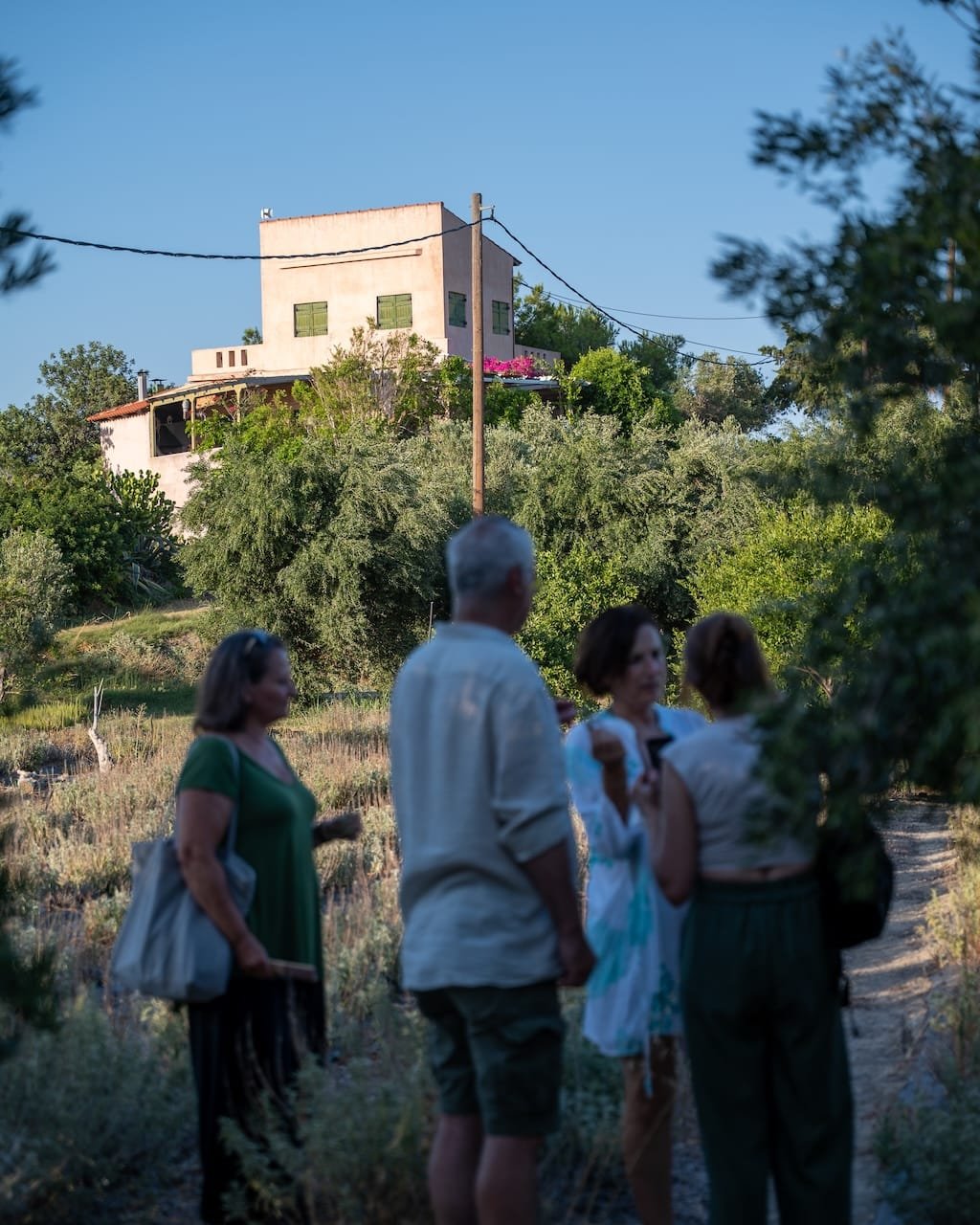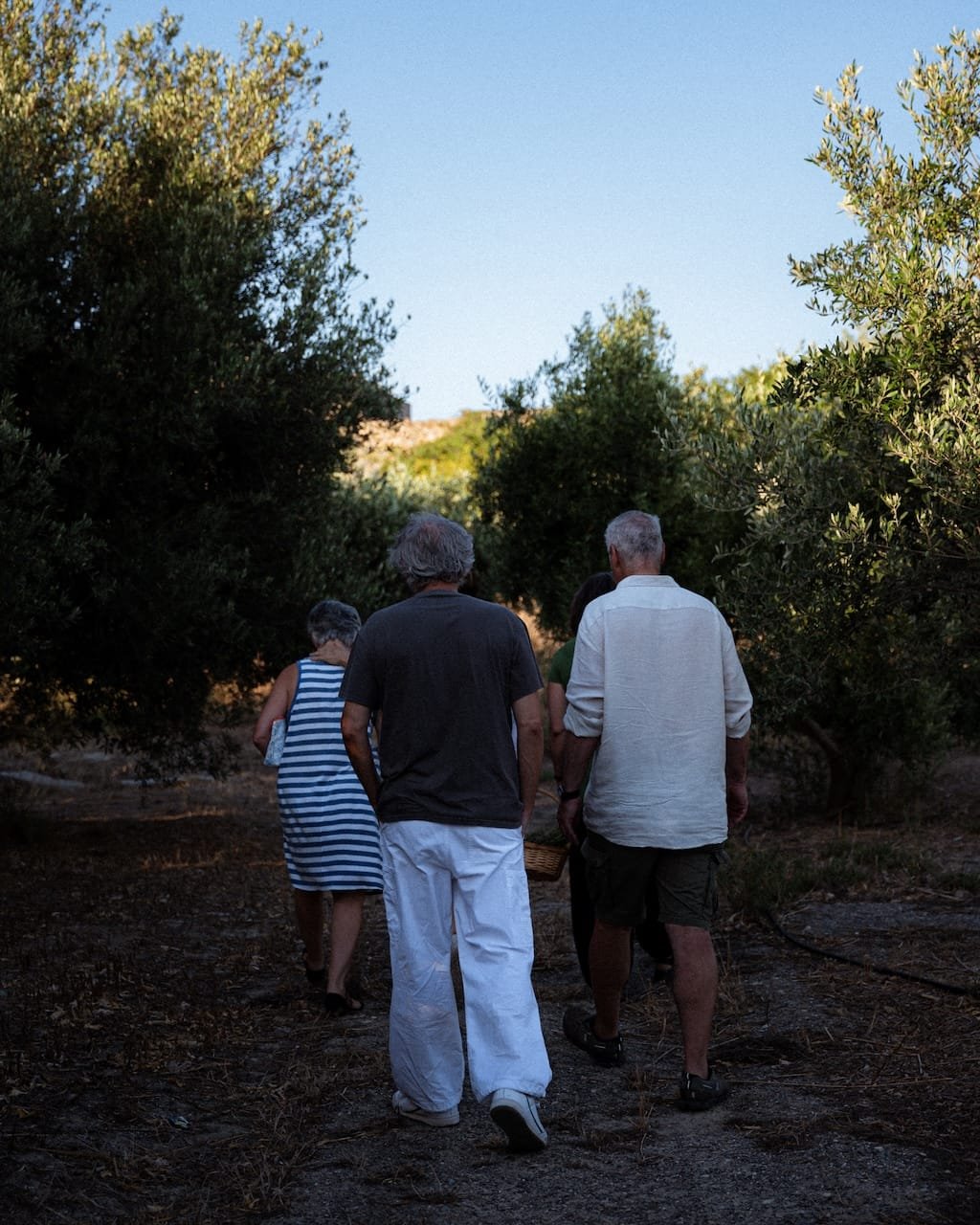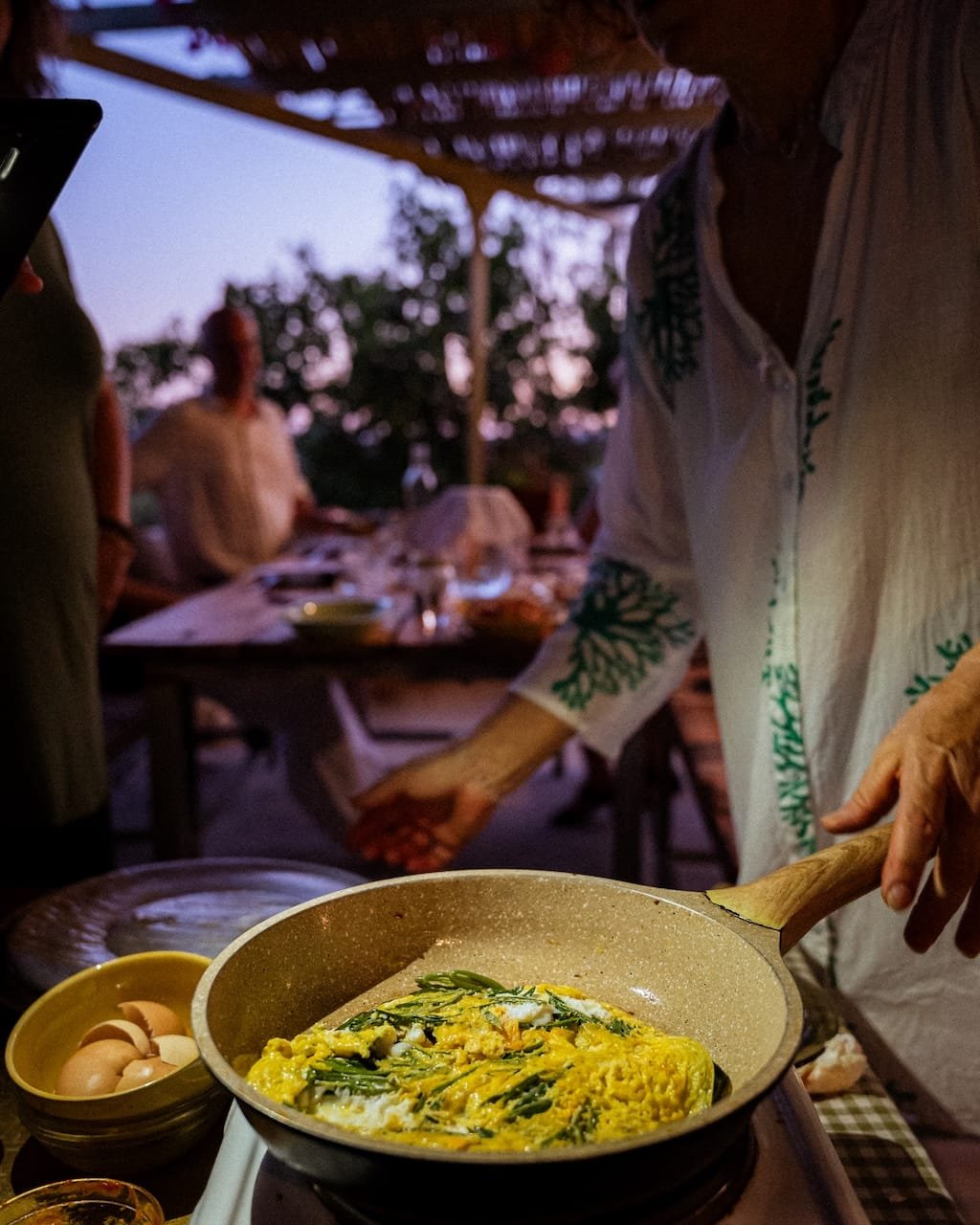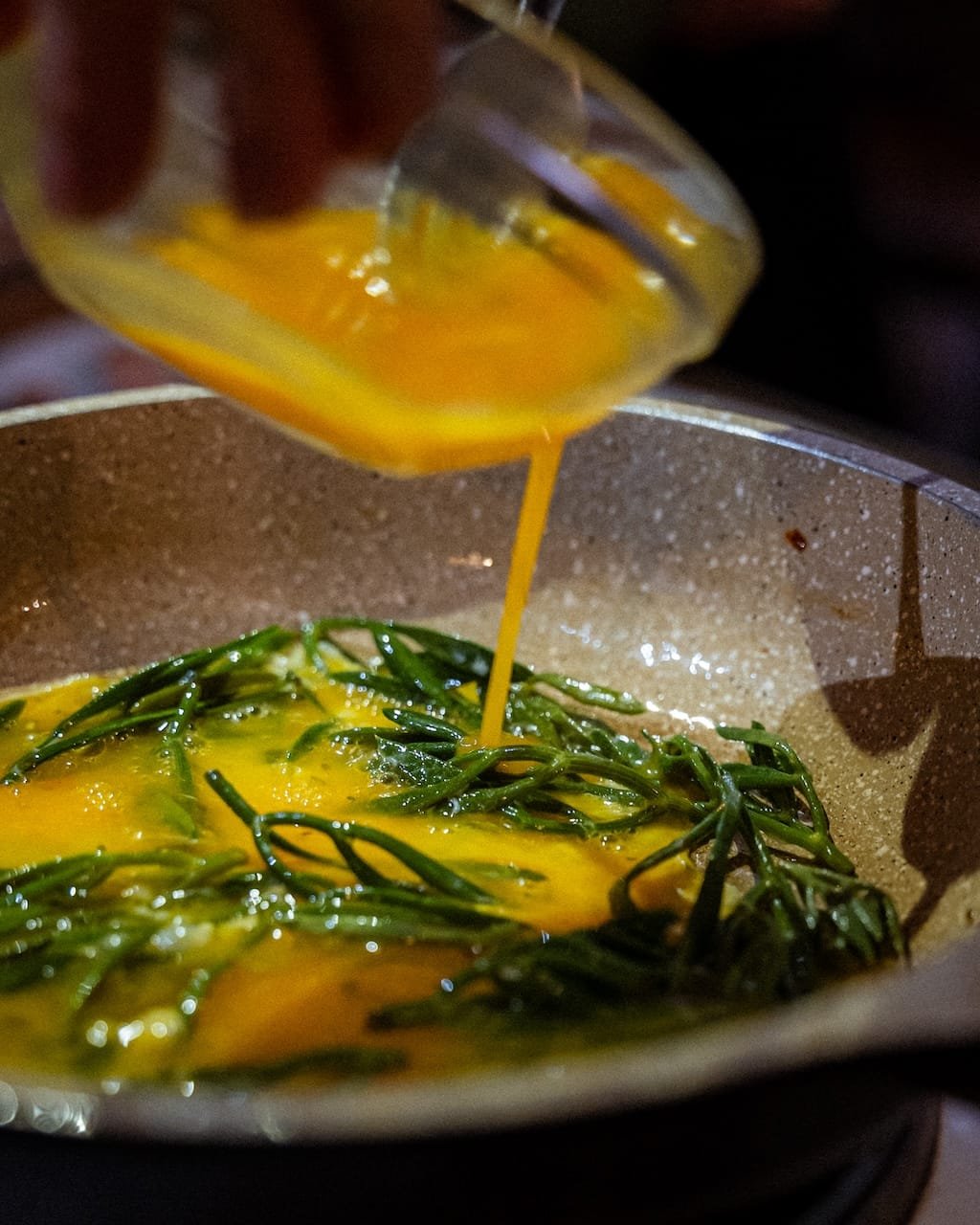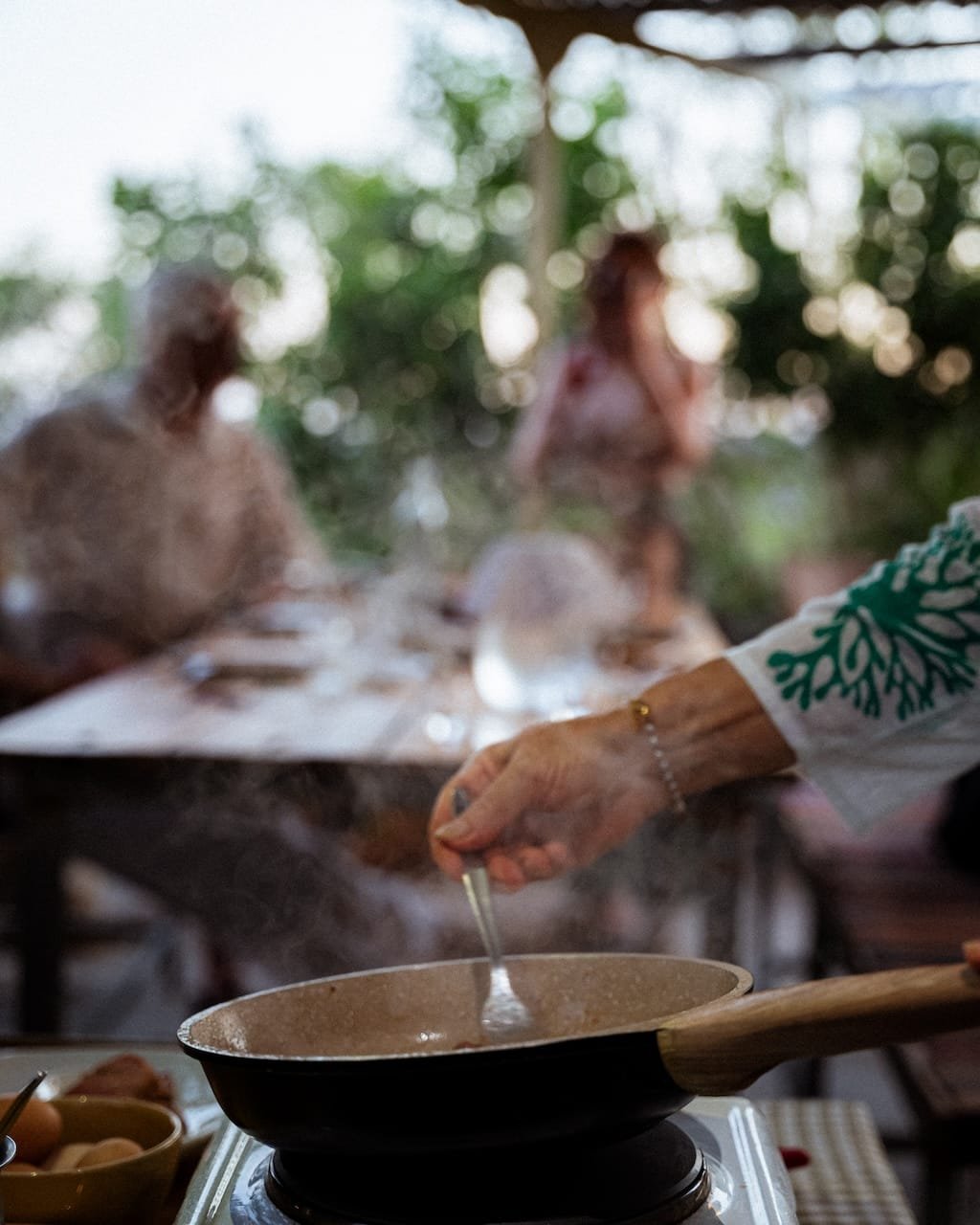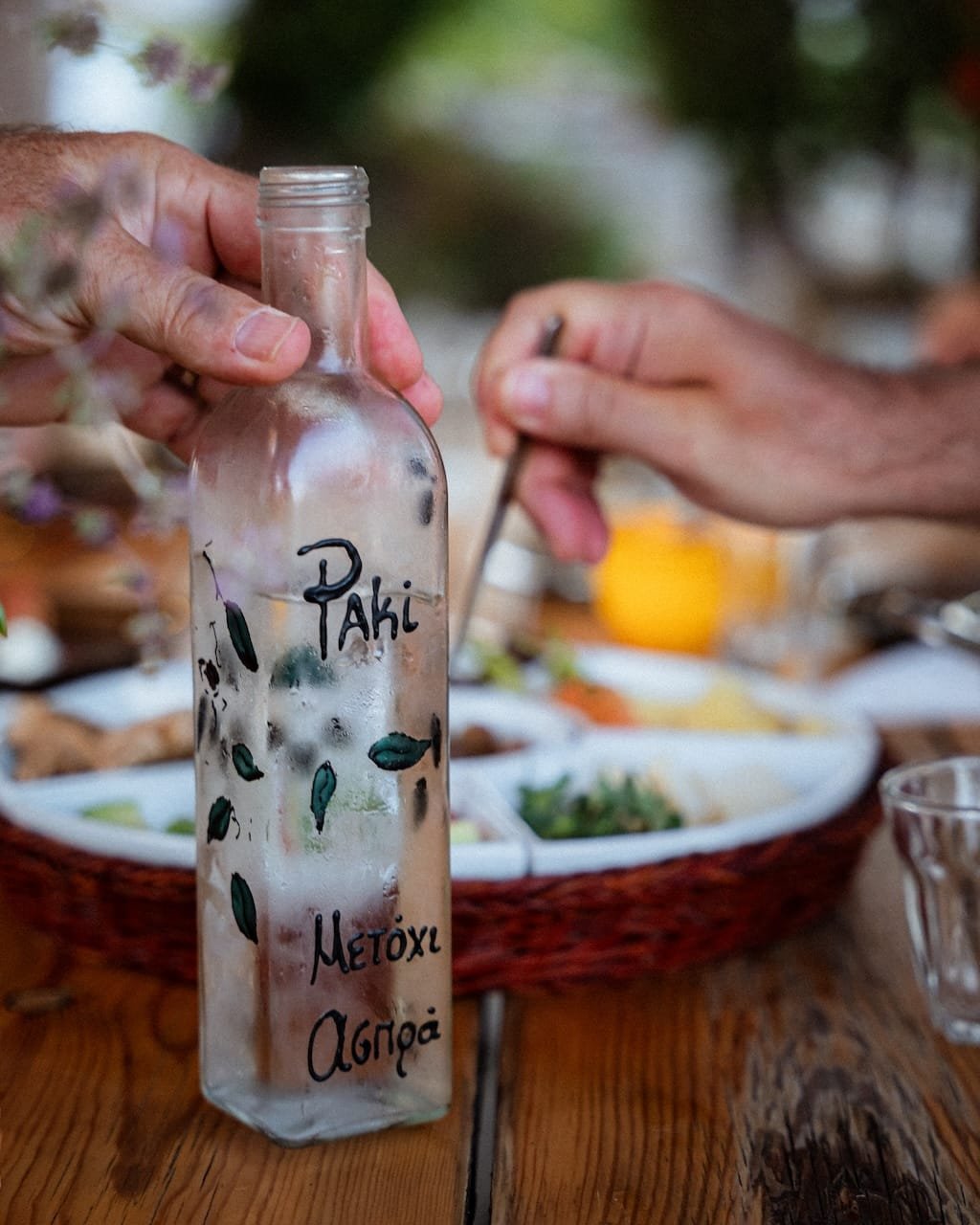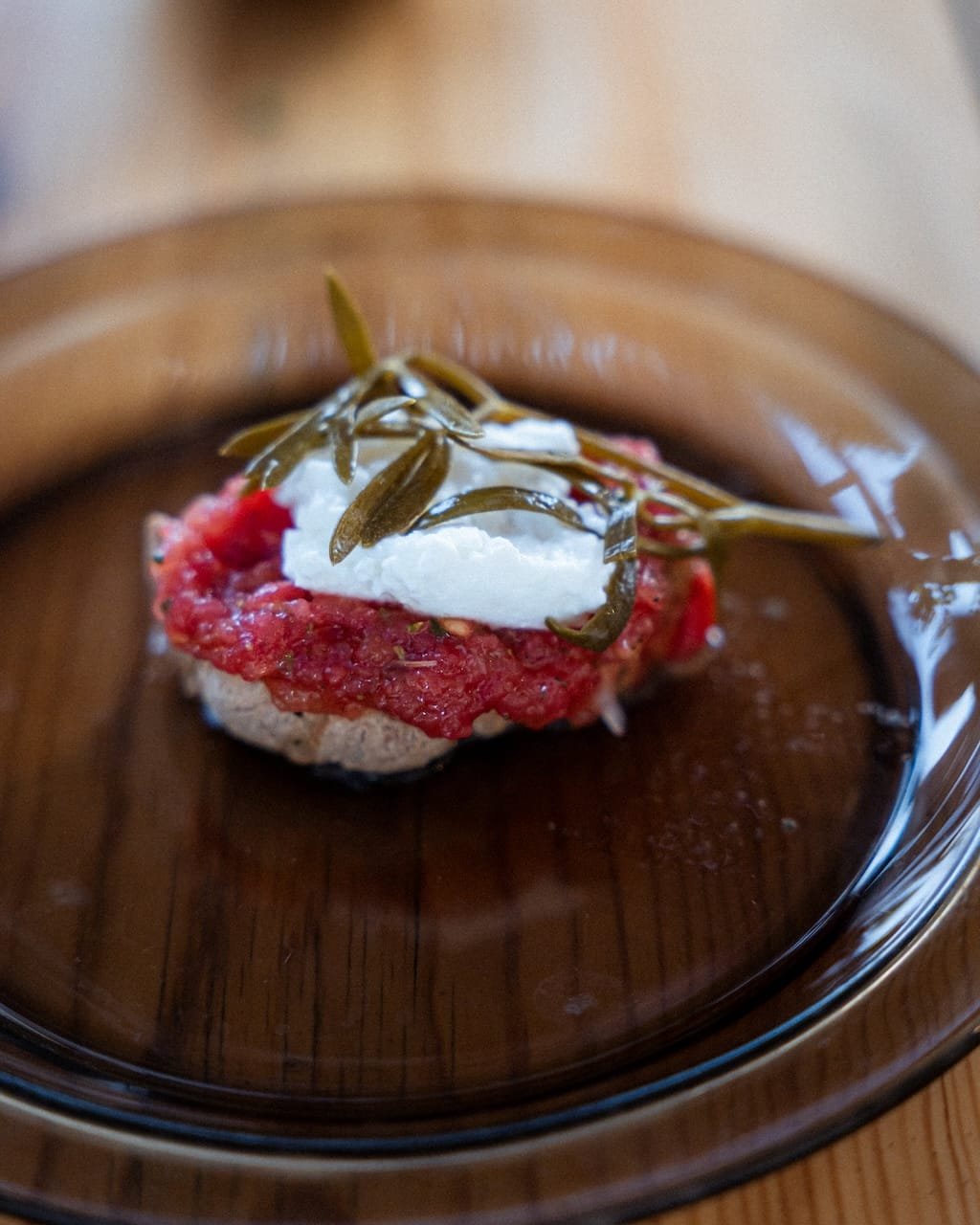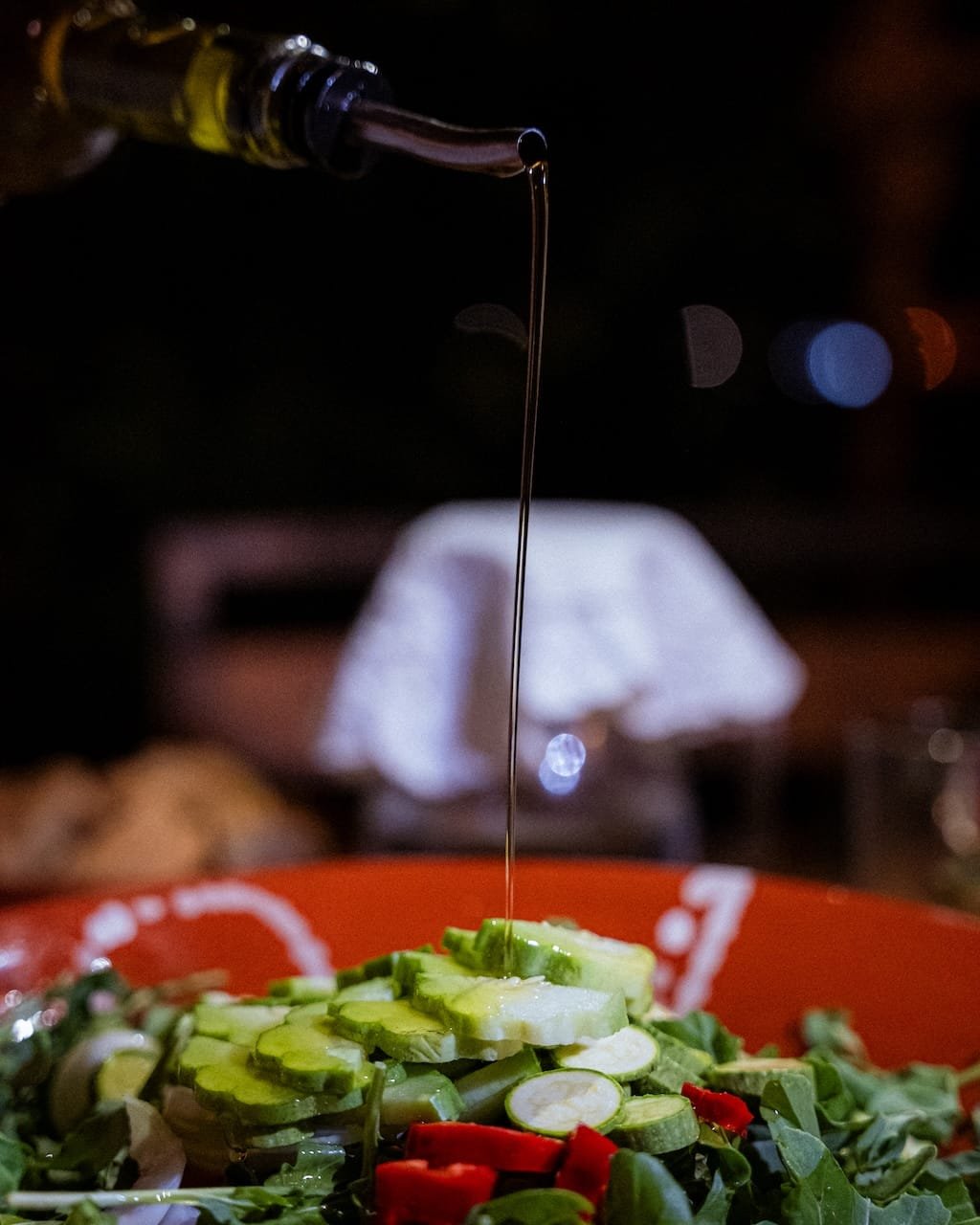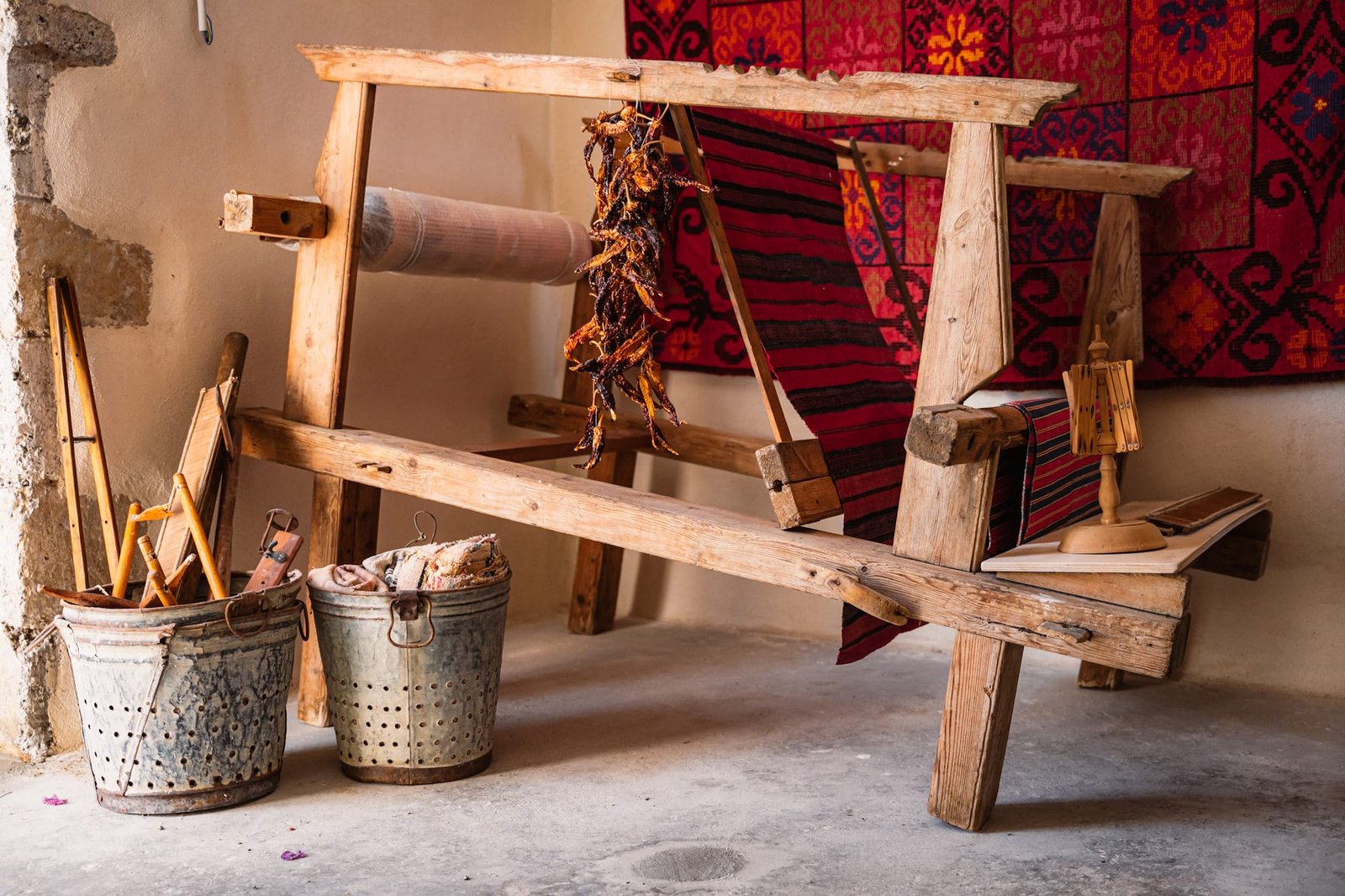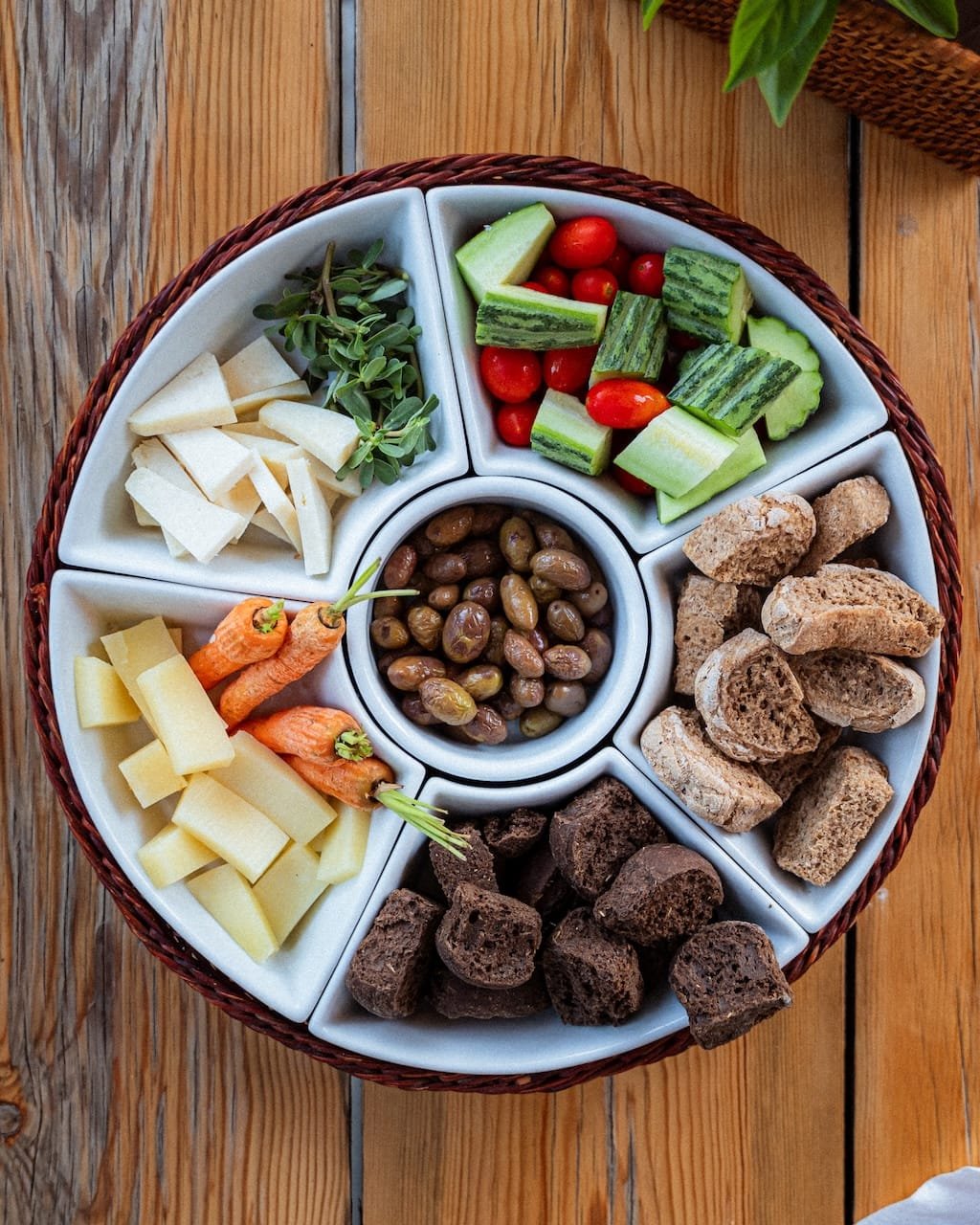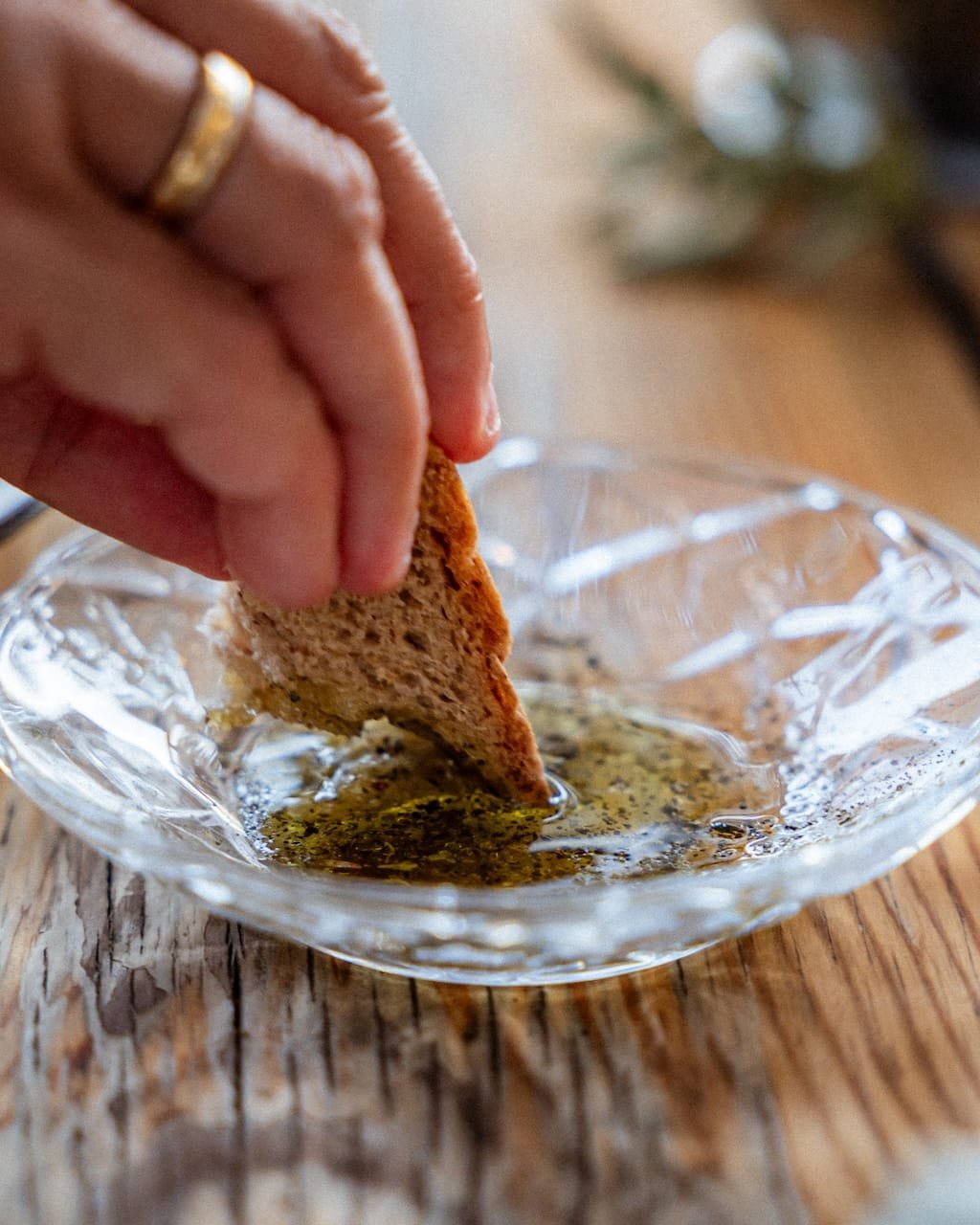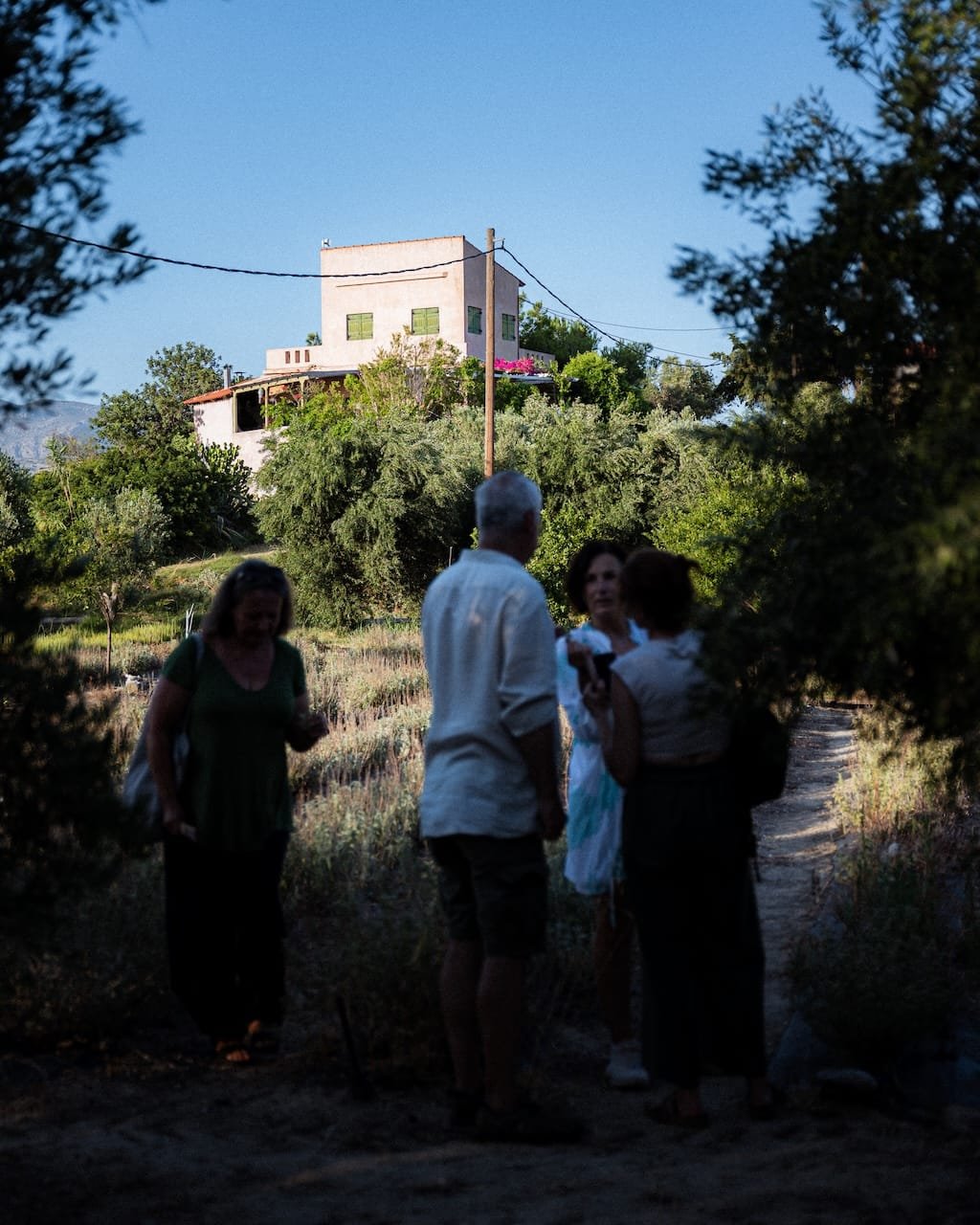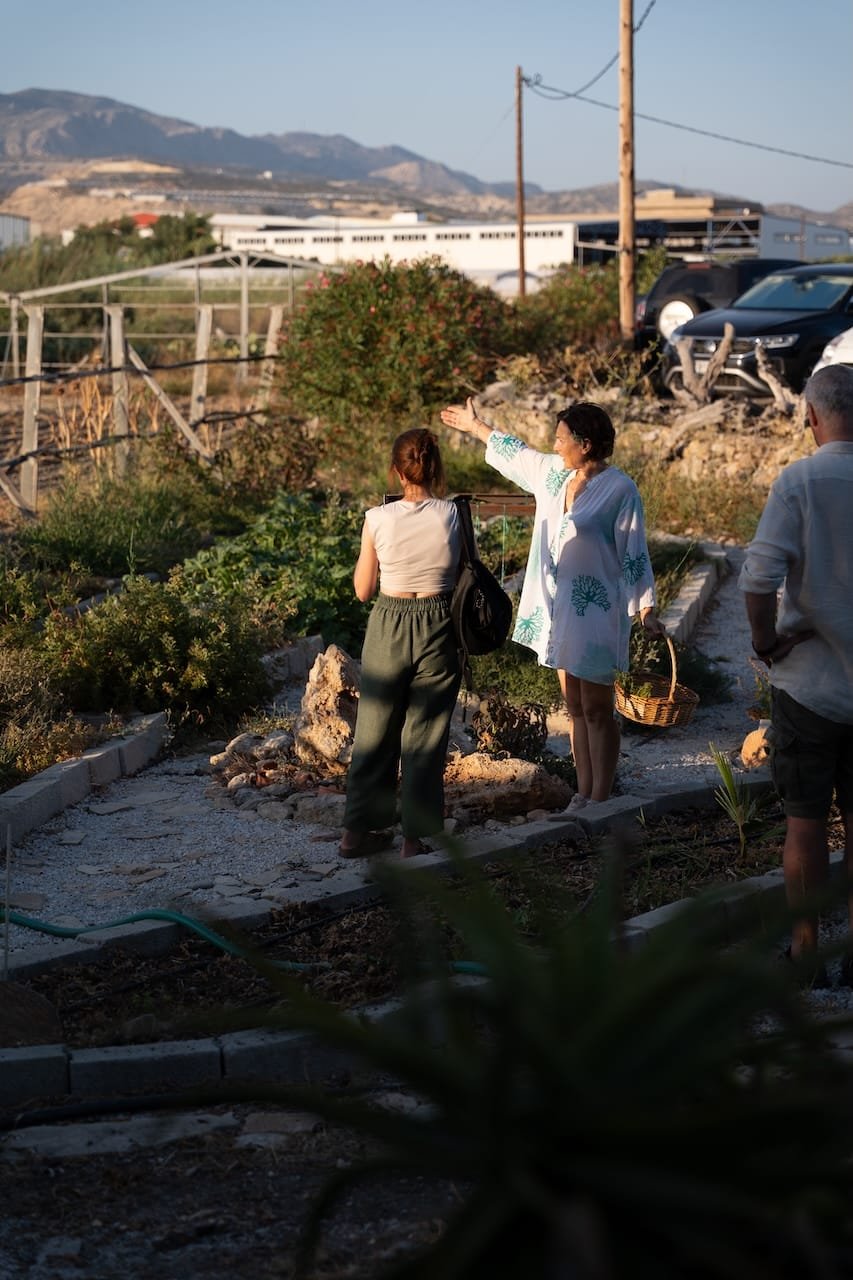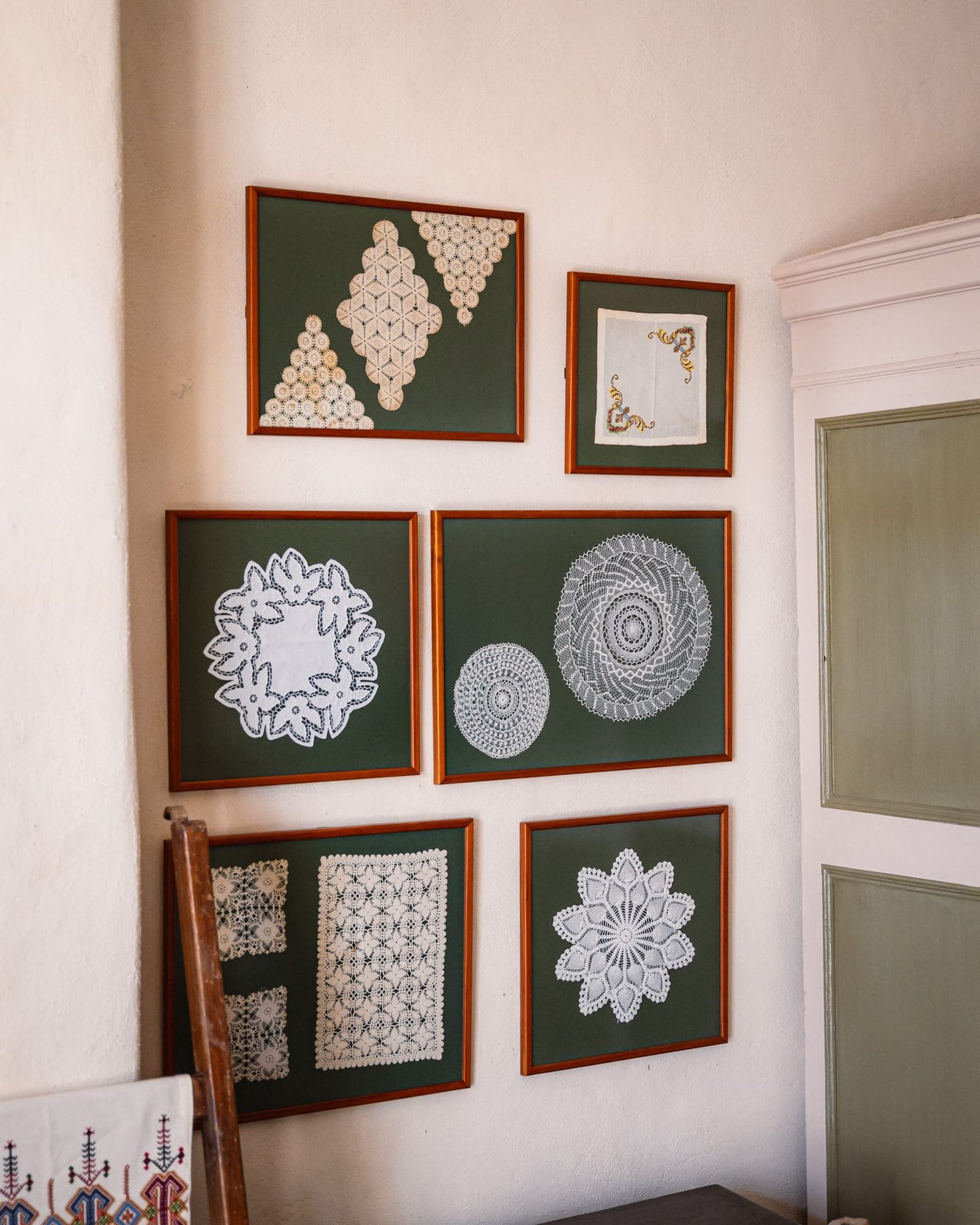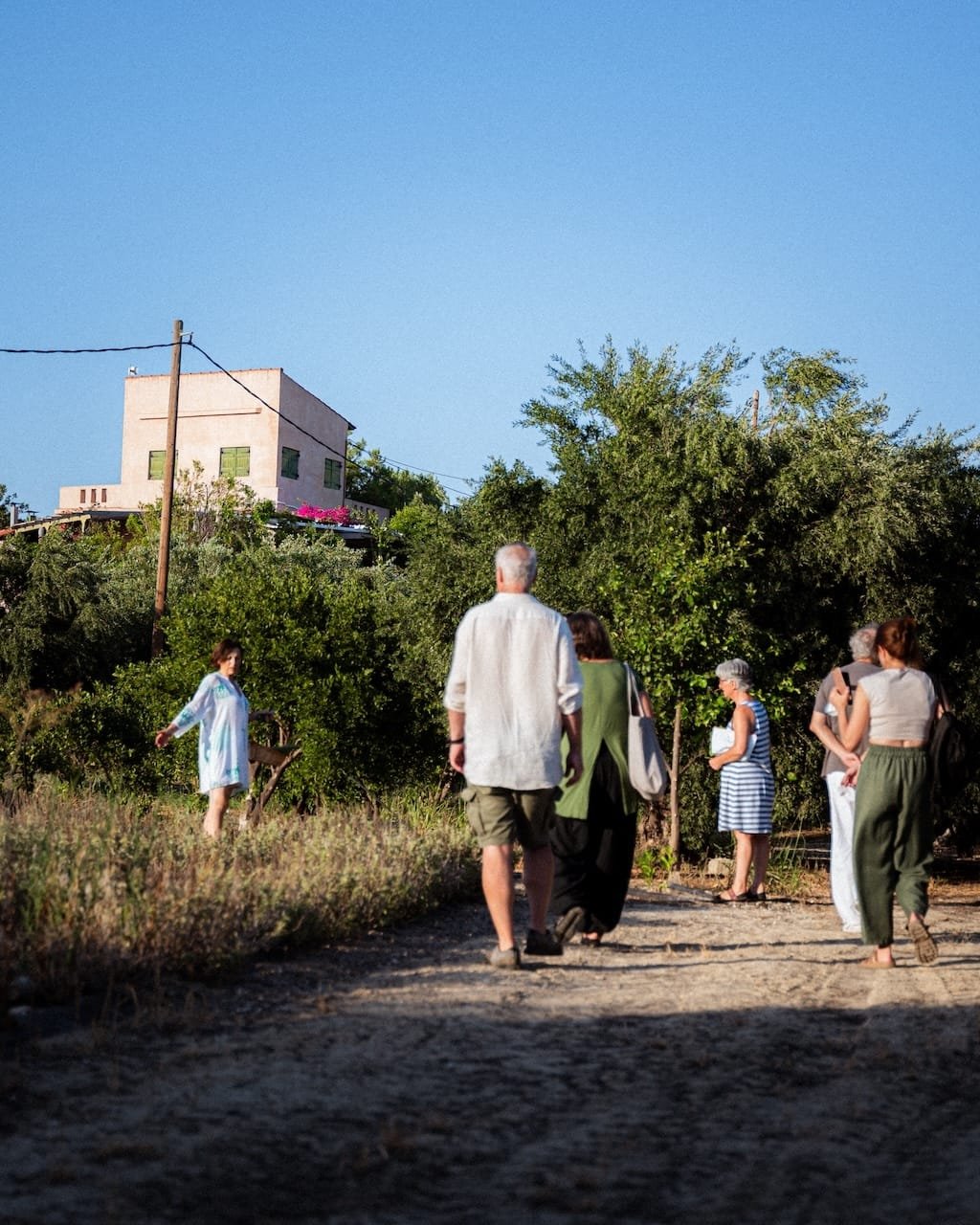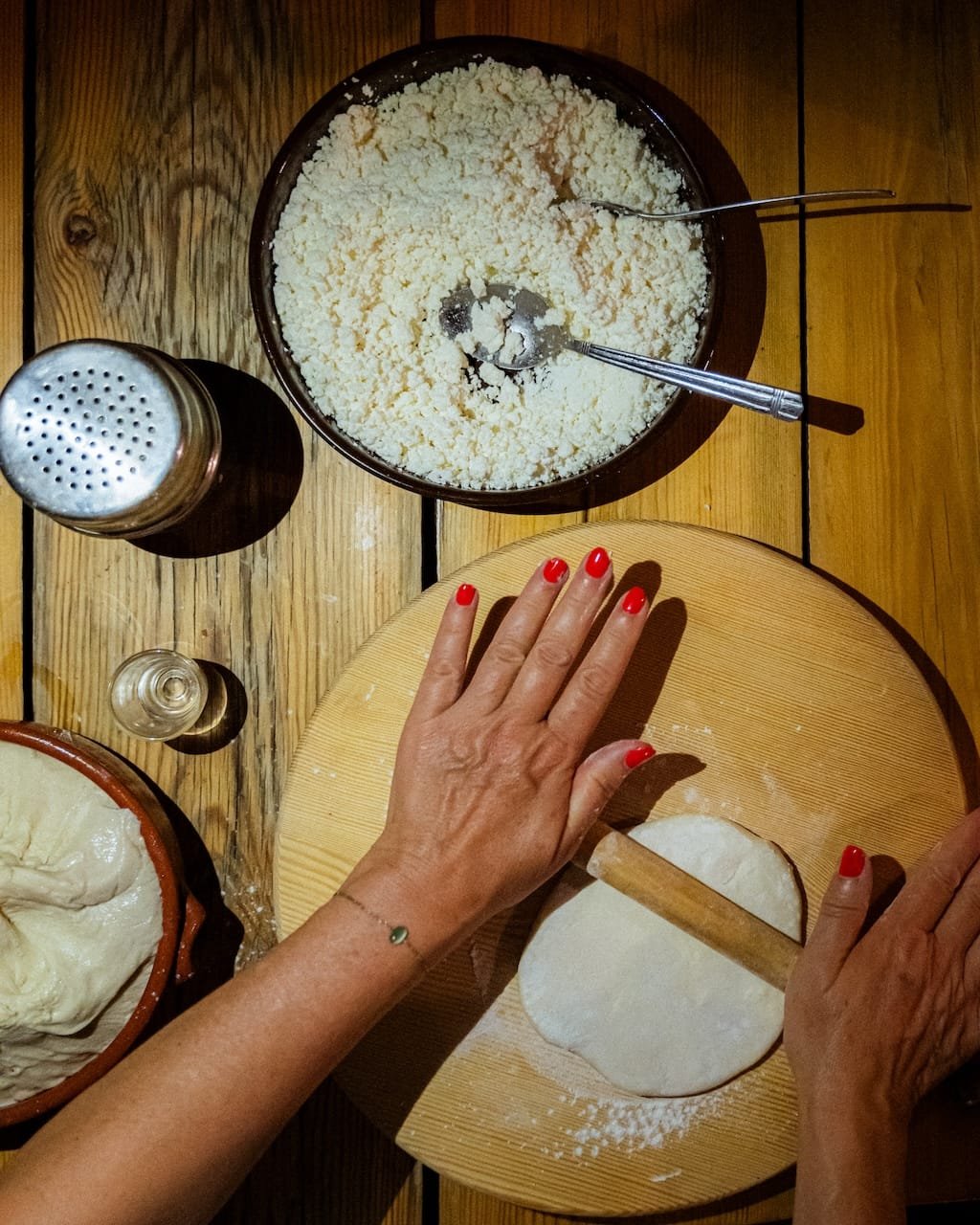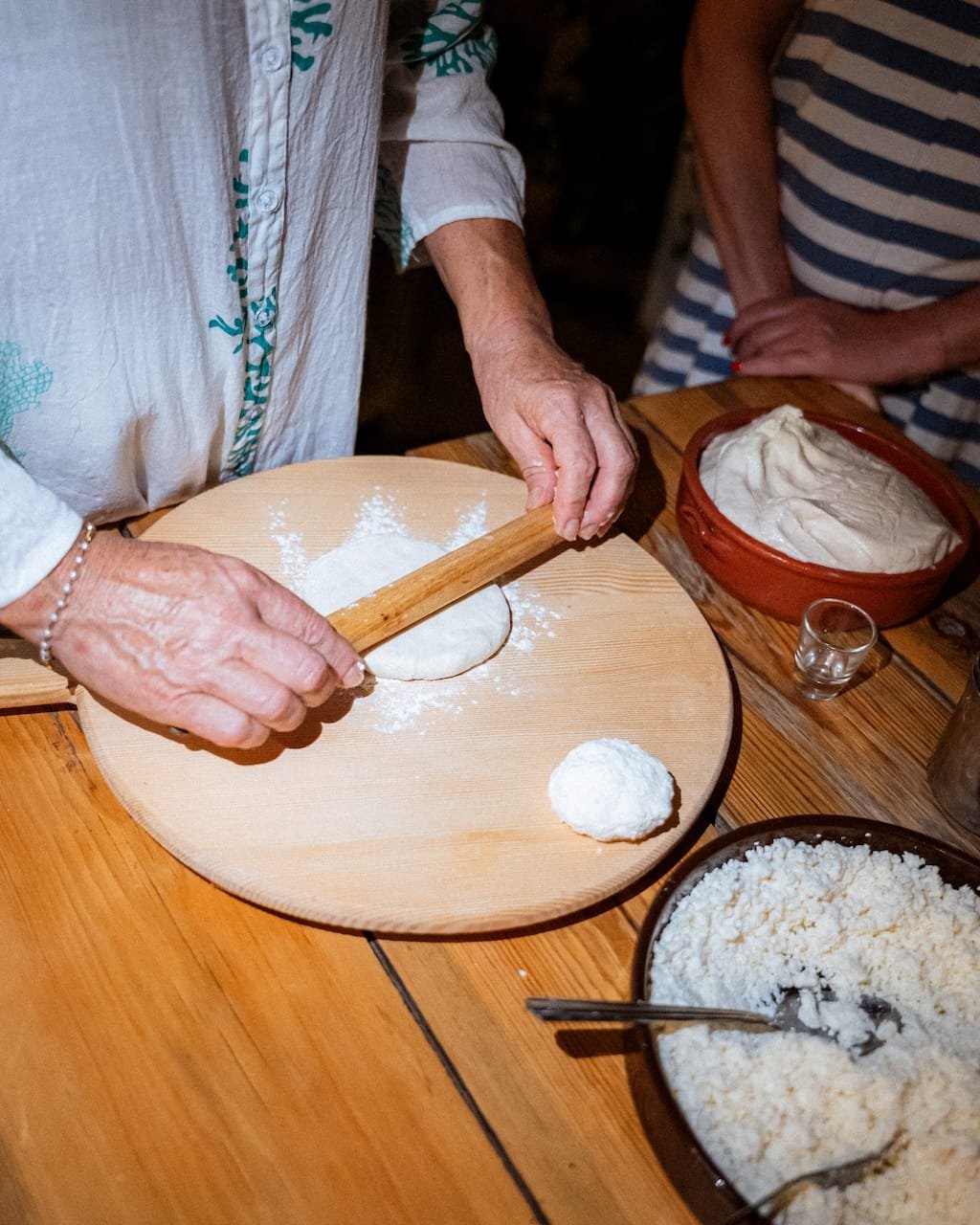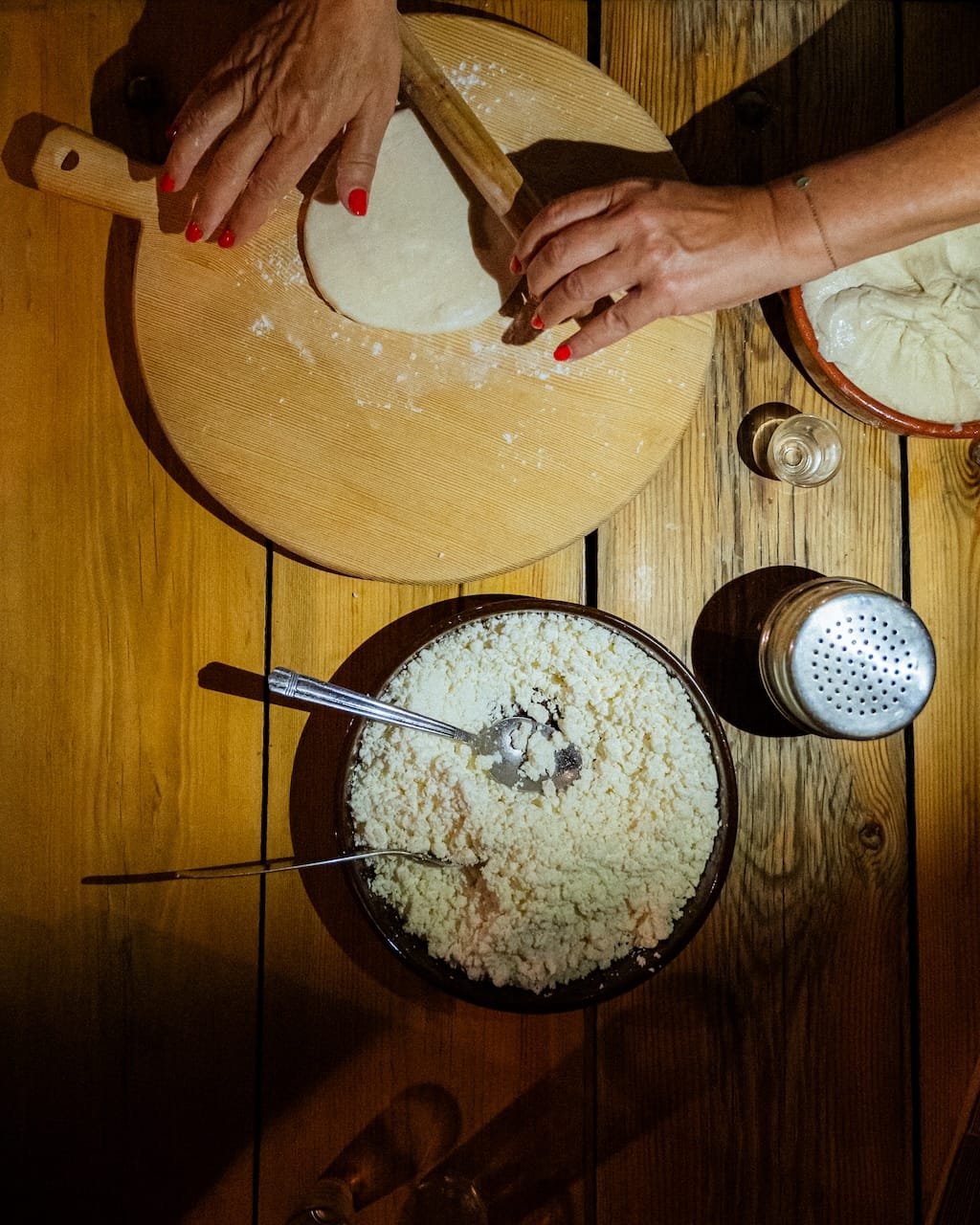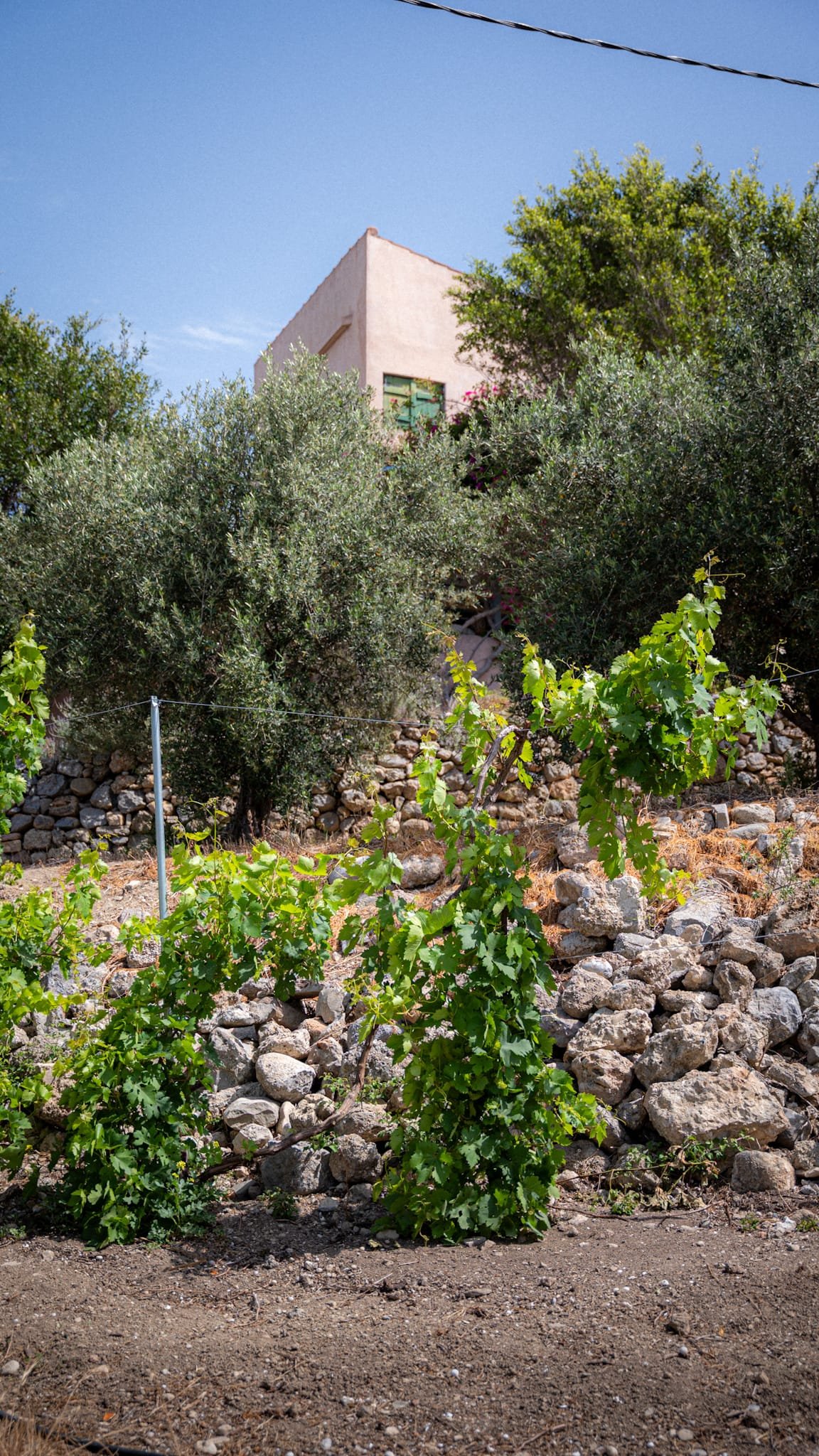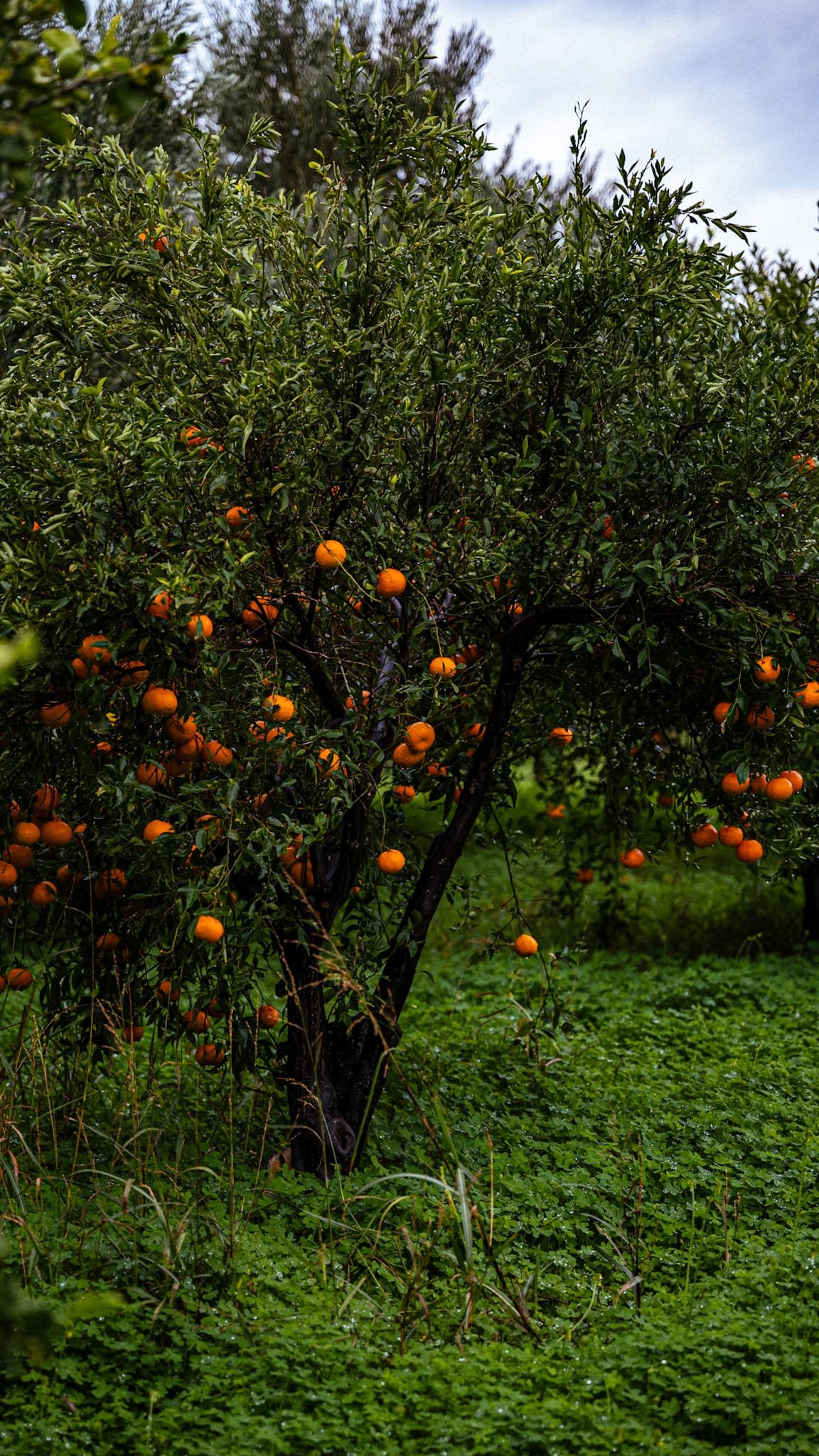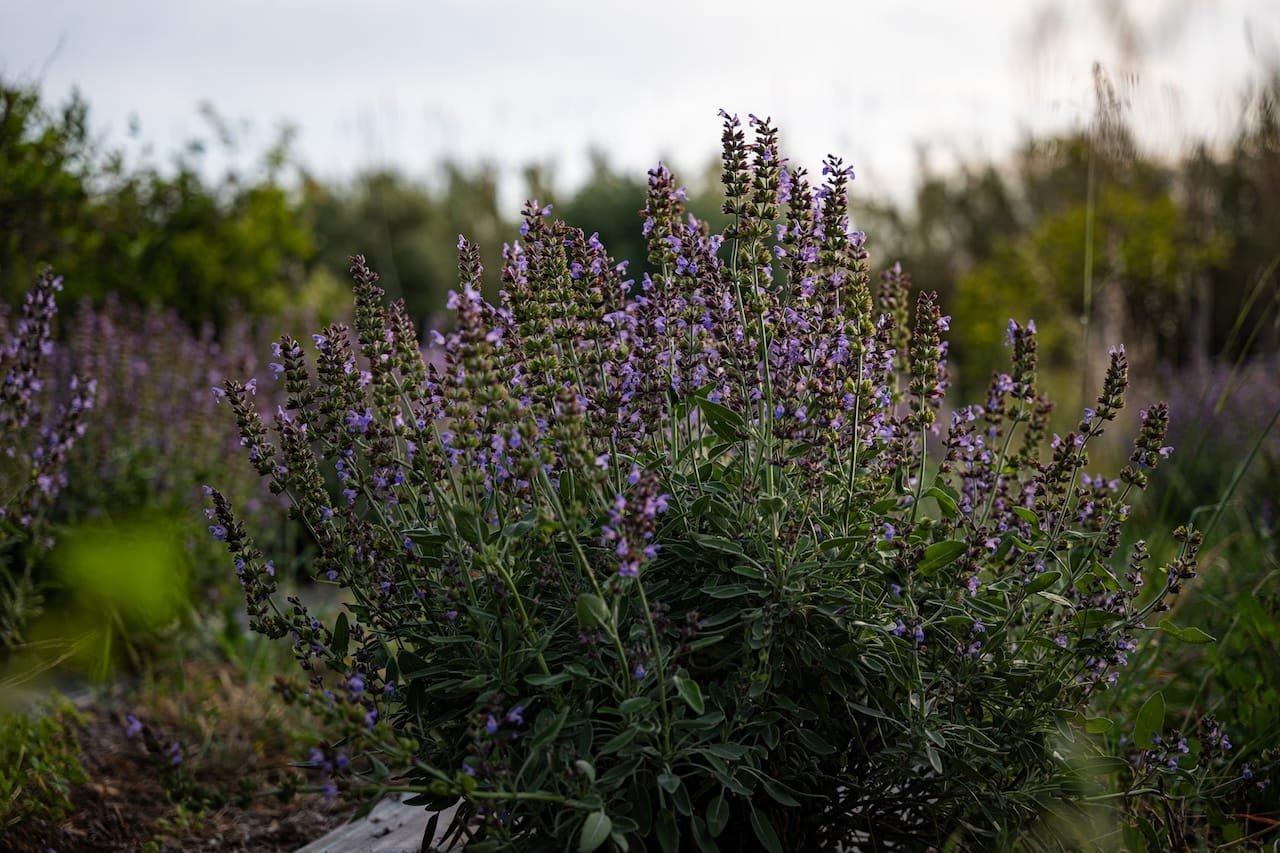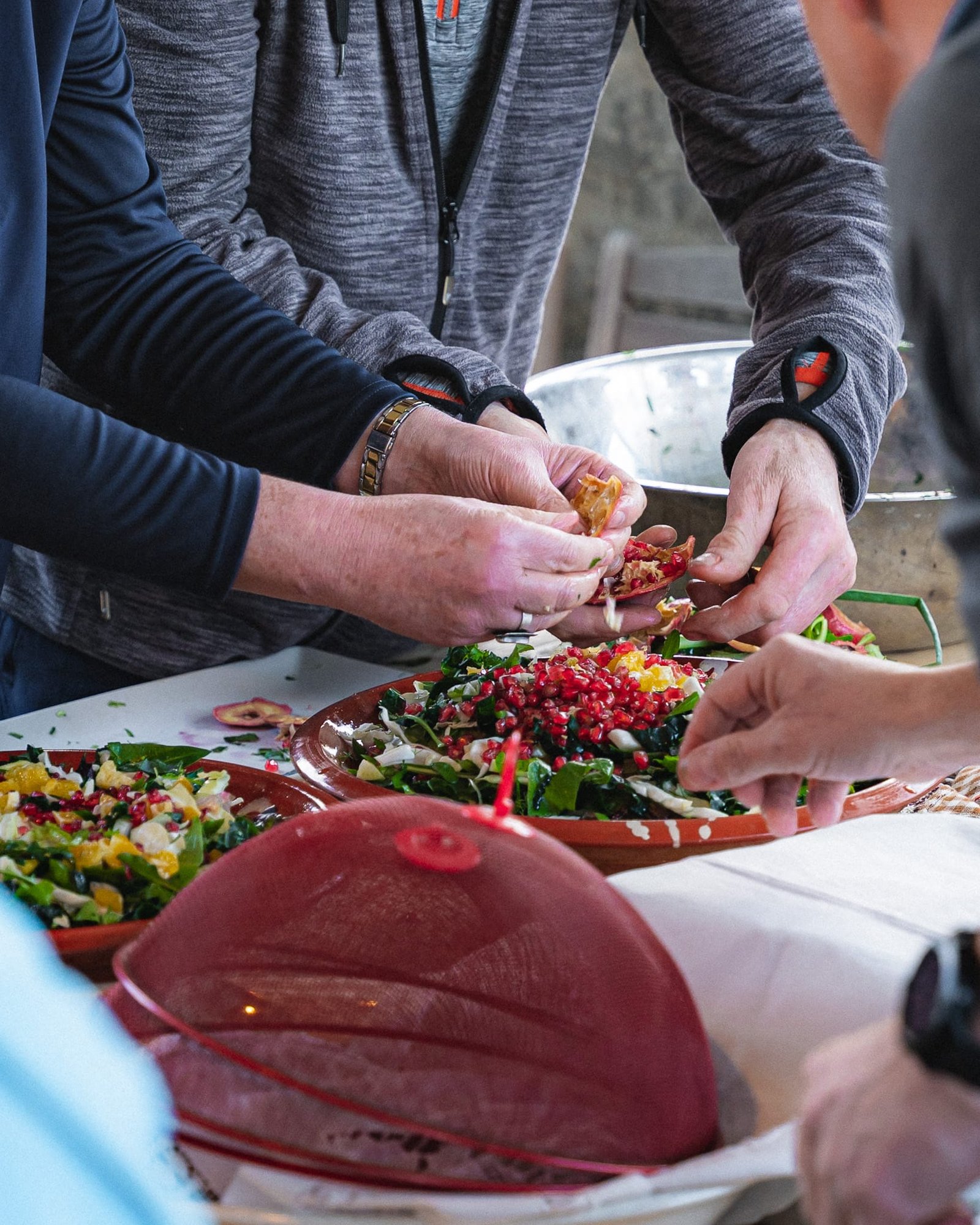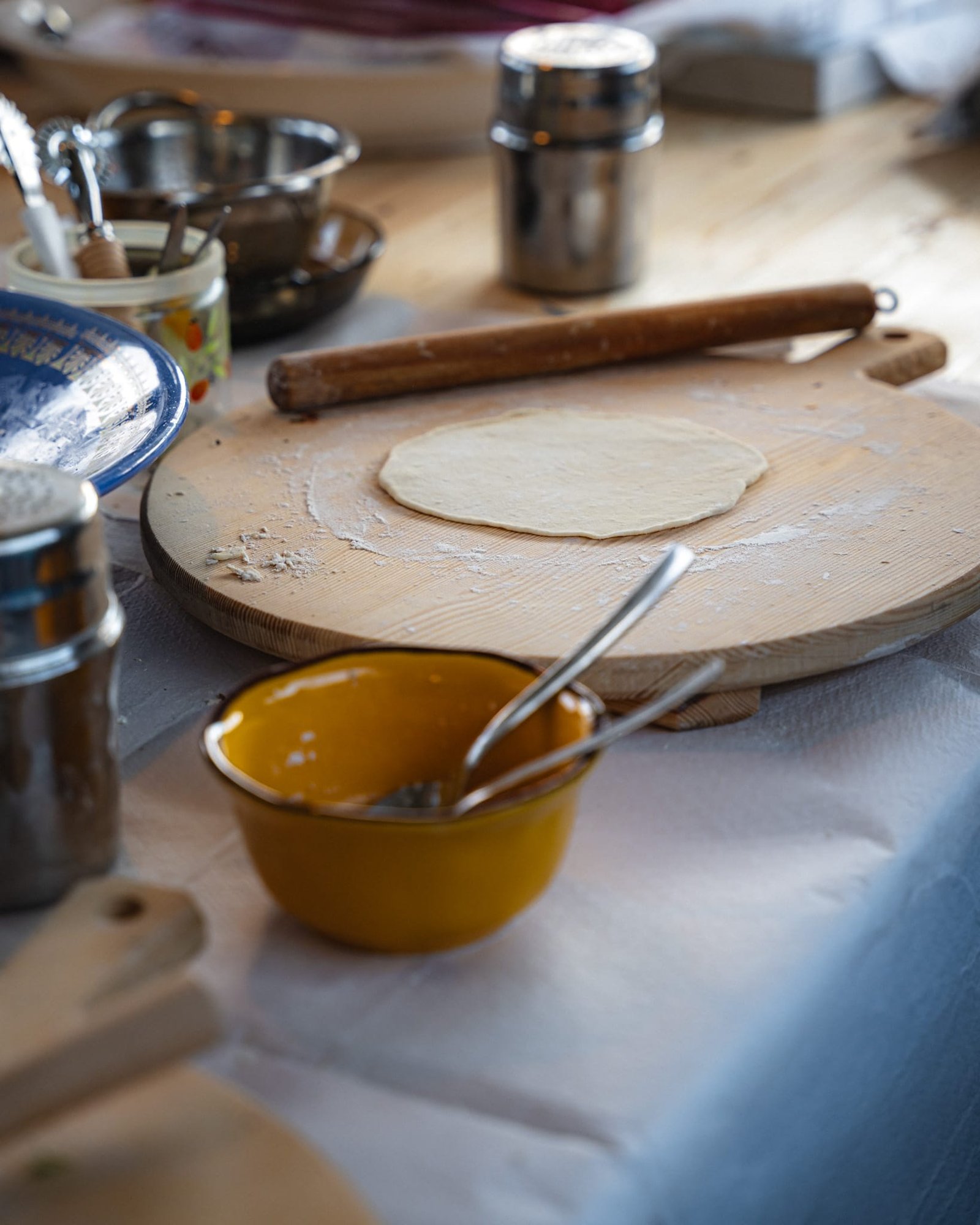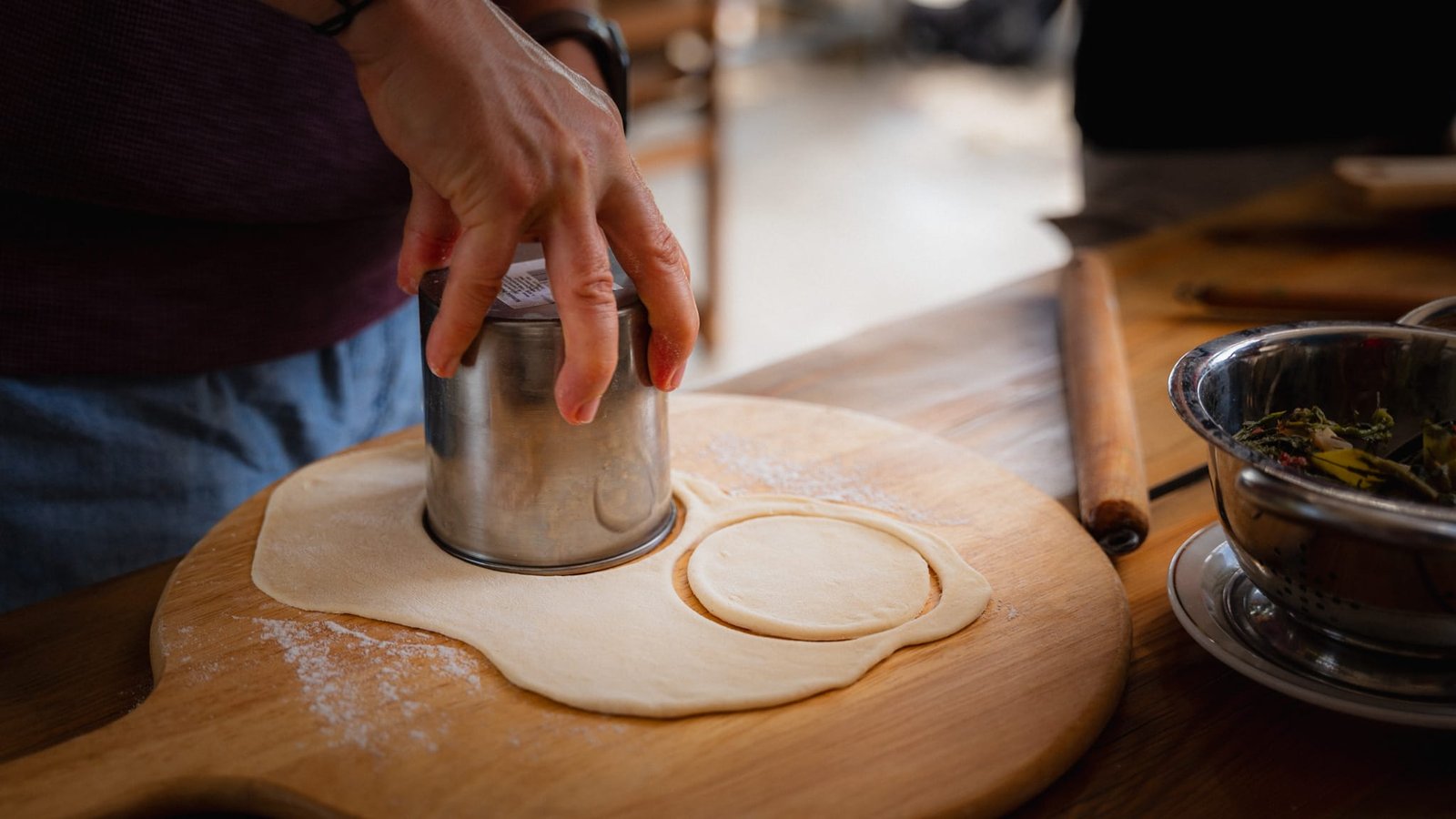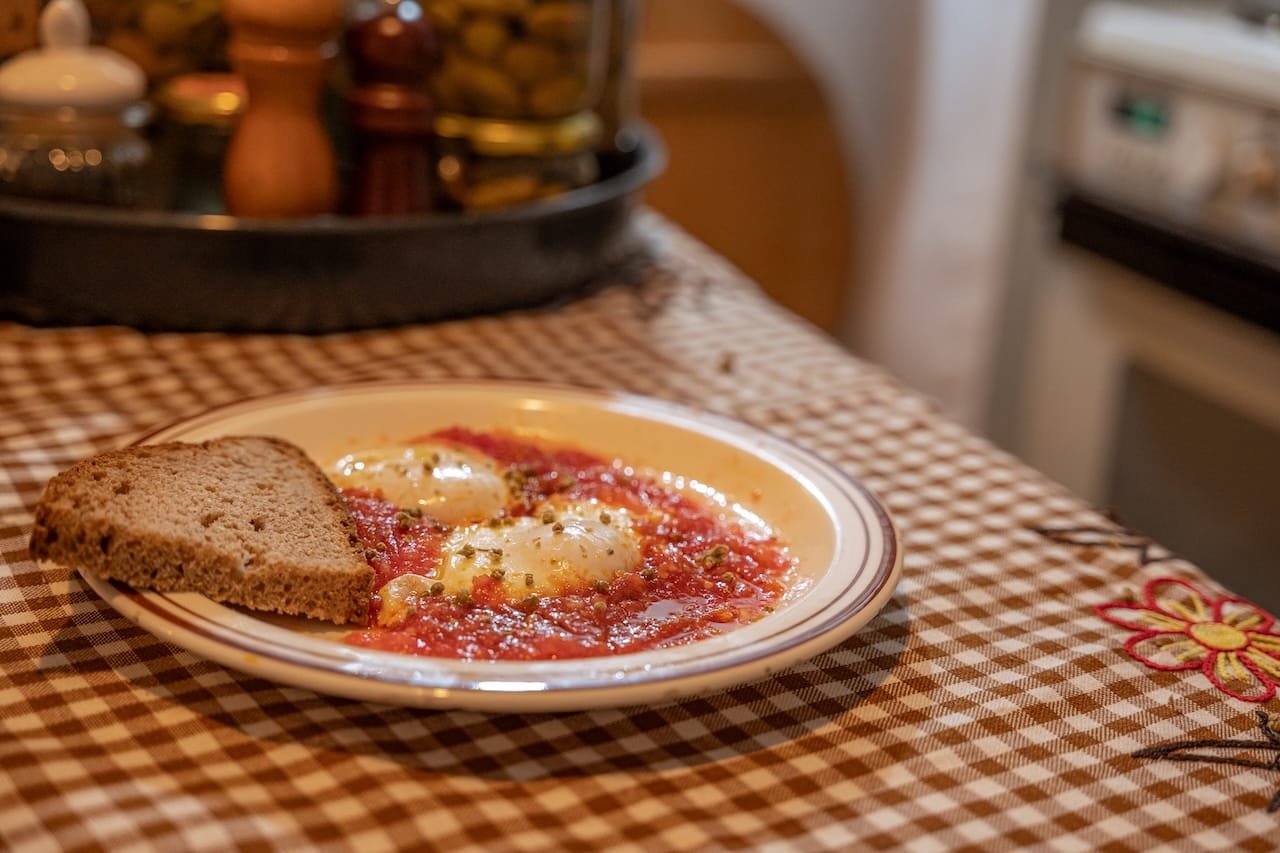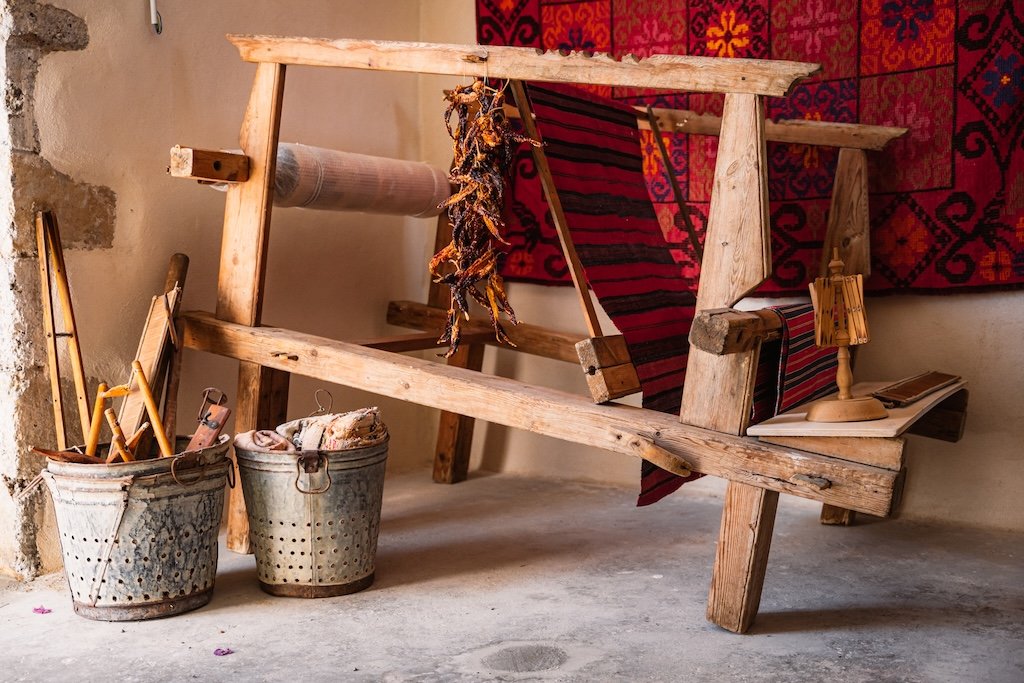Crete, known for its rich cultural heritage, has preserved numerous traditional techniques passed down through generations. One of the most exquisite and intricate of these is Cretan embroidery, or kritiki velonia, a craft that has adorned homes, clothing, and textiles for centuries. Among the most notable types of Cretan embroidery are kritiko plekto and kritiko kofto, each representing unique methods of lace-making and stitching that are deeply rooted in the island’s traditions.
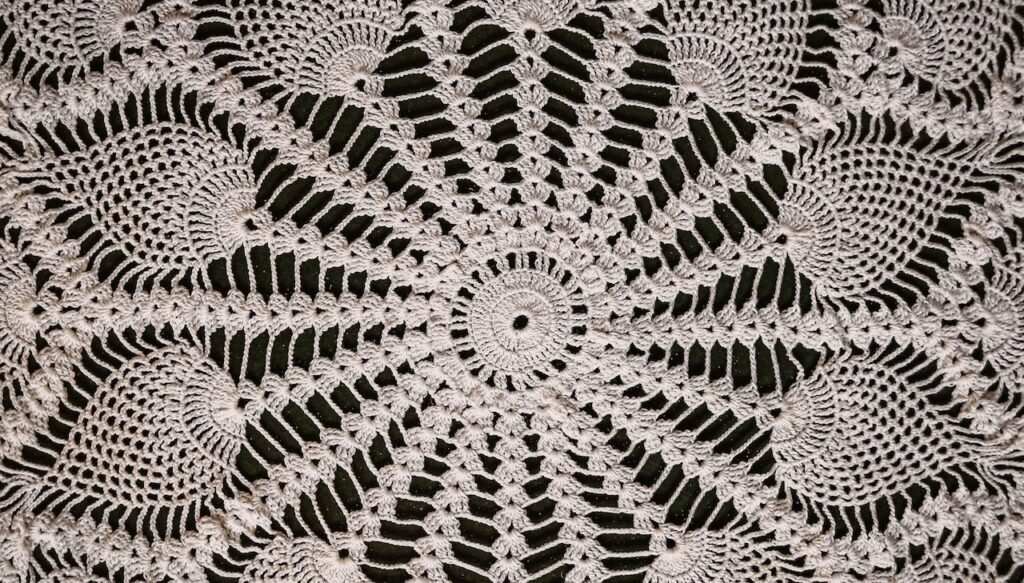
The Origins and History of Cretan Embroidery
Greece Culture and Traditions
Cretan embroidery traces its roots back to ancient times, with influences from the Byzantine, Venetian, and Ottoman periods. This embroidery style has always been more than a decorative art form—it embodies the island’s history and culture, reflecting the skills and creativity of Cretan women, who often passed down their knowledge from mother to daughter.
Originally, the craft was not just a pastime but a necessary skill for preparing household linens and clothing. Brides would often handcraft their prika (dowry), filling it with richly embroidered items like tablecloths, bed linens, and curtains. Each piece was a testament to their artistry and diligence, meant to showcase their skills and prepare for married life.
Techniques and Patterns
Traditional Greek Textiles
Cretan embroidery is characterized by intricate geometric and floral patterns, many of which hold symbolic meanings. The most popular techniques include kritiko plekto, which features delicate lace-like patterns, and kritiko kofto, known for its fine cutwork embroidery. These designs are carefully crafted using fine thread on natural fabrics such as linen and cotton.
Common motifs include the rosetta (a floral shape), spirals, stars, and birds. The artistry of Cretan embroidery is evident in the balance of bold colors with delicate stitching, often using earthy tones of red, blue, and gold, reminiscent of Crete’s landscapes.
In the accompanying images, you can see the detailed lacework that highlights the fine craftsmanship of this embroidery. Each stitch, whether part of a circular, floral, or abstract geometric pattern, reflects hours of patient work, focusing on symmetry and beauty.
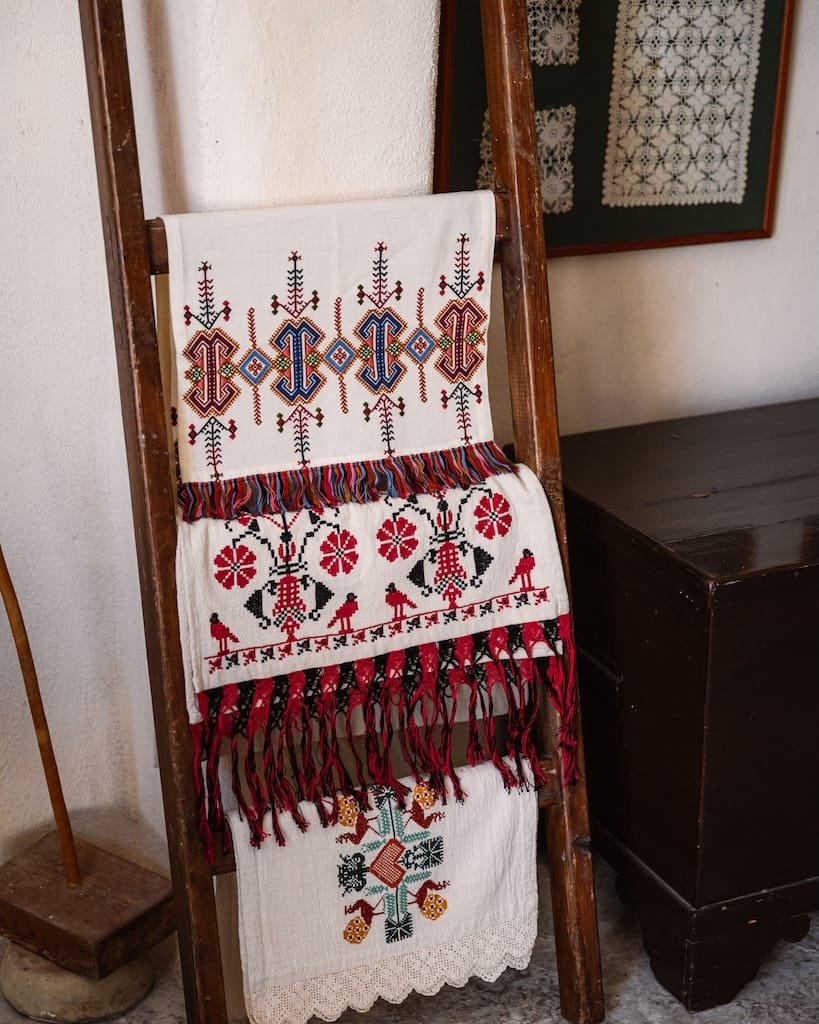


The Importance of Embroidery in Cretan Culture
Cultural Heritage of Crete
Embroidery was not merely a form of artistic expression; it also played a significant role in social interactions. Women would often gather to embroider, exchanging stories and wisdom while preserving this ancient tradition. Through these gatherings, embroidery became a communal act that strengthened the bonds within the local community.
In villages across Crete, it was common to see embroidered items hanging on walls, draped over furniture, or used in religious ceremonies. Even today, it is a hallmark of traditional Cretan festivals, especially during Easter and weddings, where embroidered garments are proudly displayed as part of the island’s cultural identity.
Keeping the Tradition Alive
While modern industrial techniques have replaced many handcrafts, the art of Cretan embroidery is still very much alive. In places like Ierapetra, visitors can experience this tradition firsthand by visiting local artisans who continue to practice and teach these skills. Many workshops offer demonstrations, allowing visitors to witness the slow, methodical process that results in such intricate beauty.
Today, Cretan embroidery also makes for unique souvenirs, each piece carrying the history and artistry of Crete. Whether it’s a delicate tablecloth, a decorative pillow, or a piece of clothing, these items continue to connect the modern world with the island’s rich past.
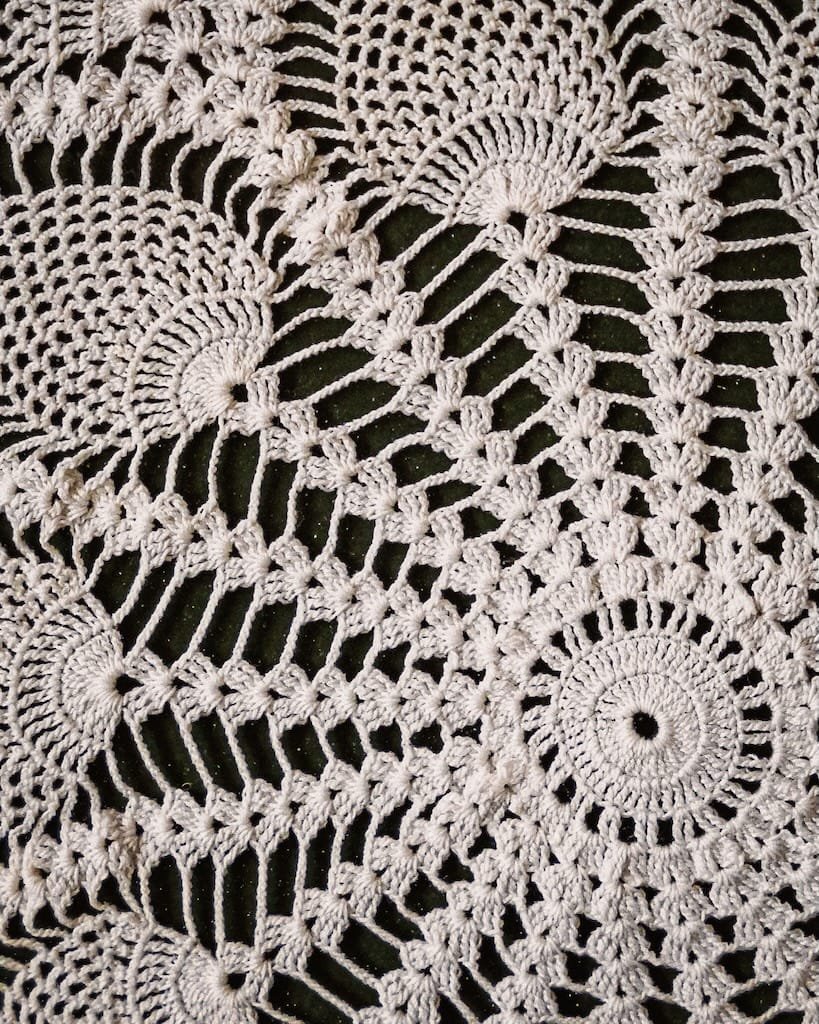
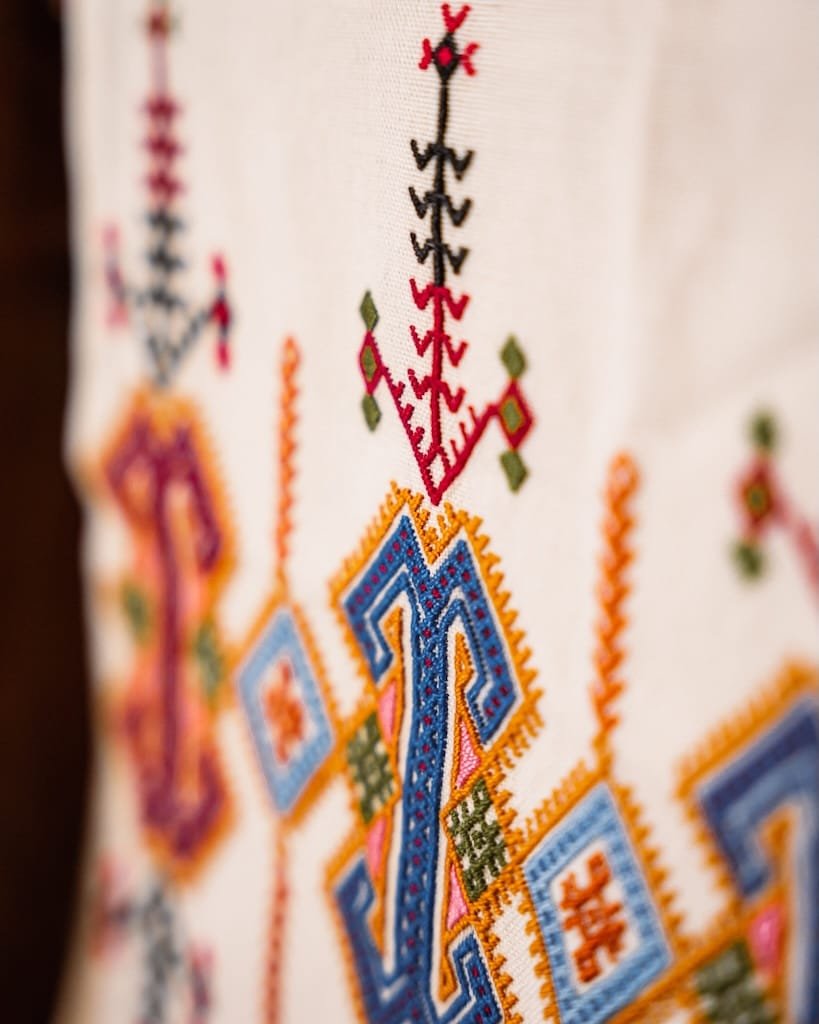
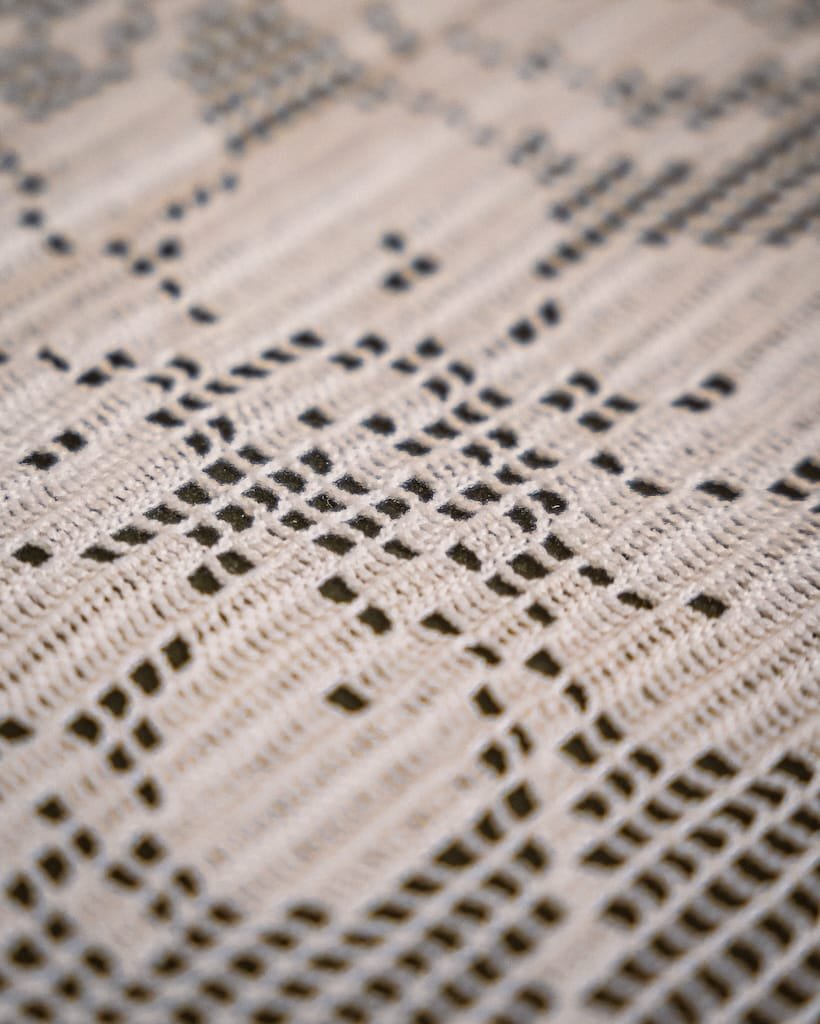
Conclusion
Cretan embroidery is much more than a decorative craft—it is a living tradition that reflects the deep history and culture of the island. By learning about and supporting this art form, we can help ensure that it continues to thrive for future generations, keeping alive the stories and skills that have shaped Crete’s identity for centuries. This age-old tradition of embroidery is a vivid reminder of the island’s artistic soul, woven into the very fabric of Cretan life.
Supporting and preserving these traditional crafts not only strengthens the local community but also helps to keep alive a cultural heritage that has defined Crete for centuries.

Aspras Terra Agriculture Experience, Ierapetra Crete Greece, follow us on Instagram or Facebook to learn more about our activities and upcoming events!
